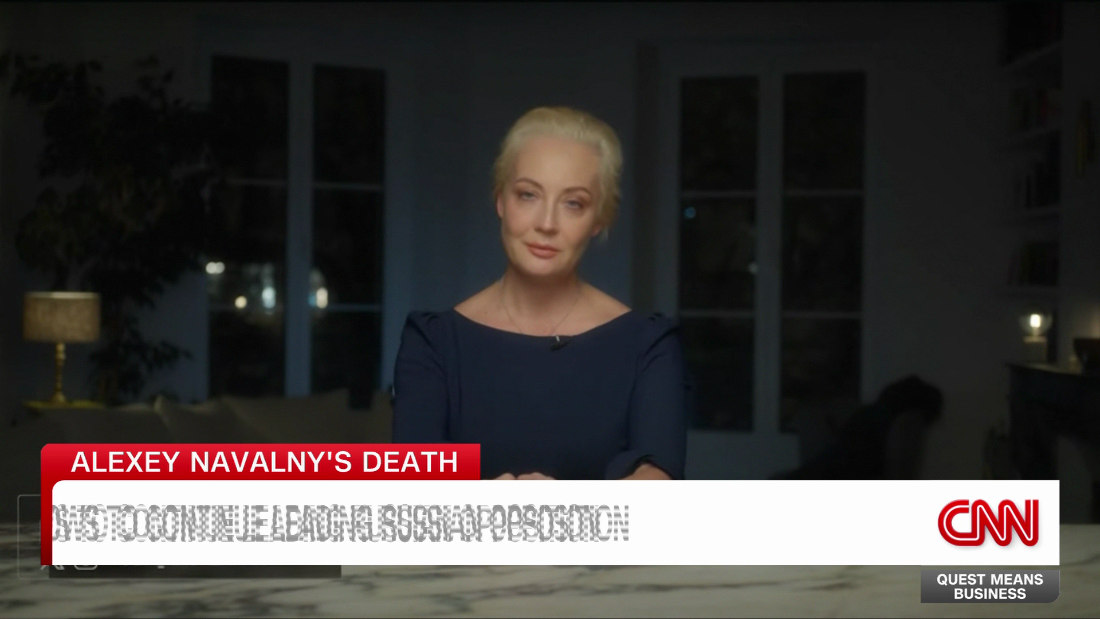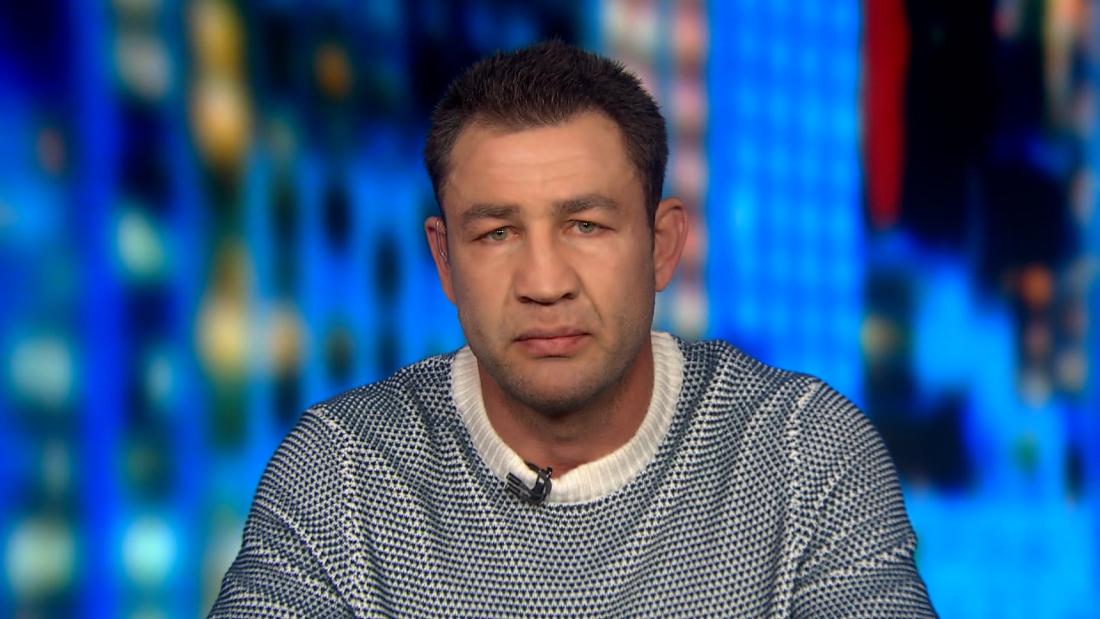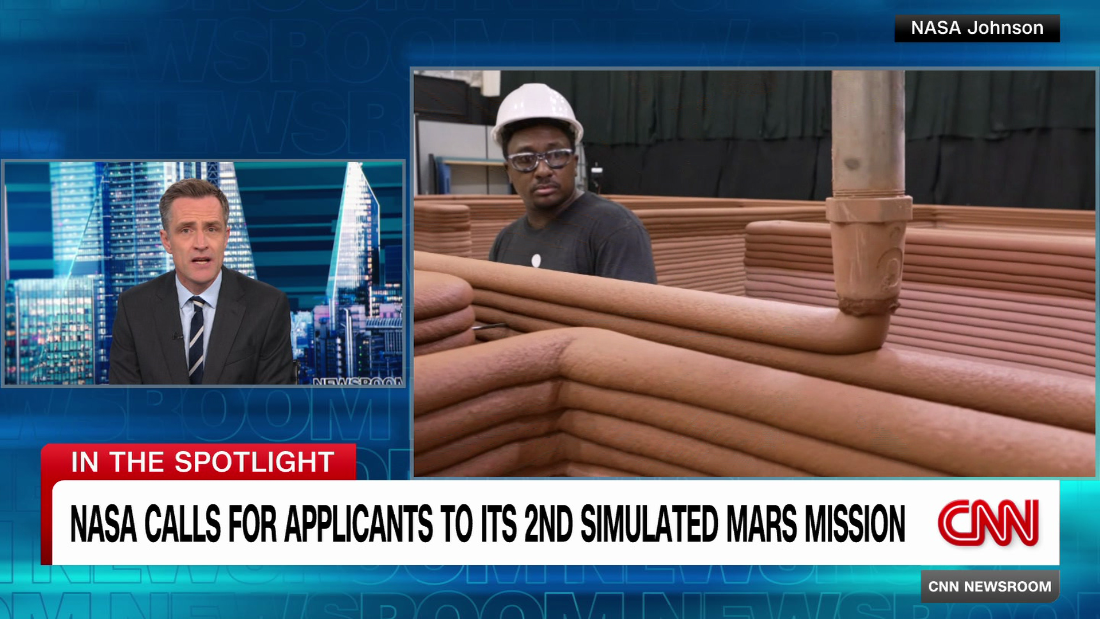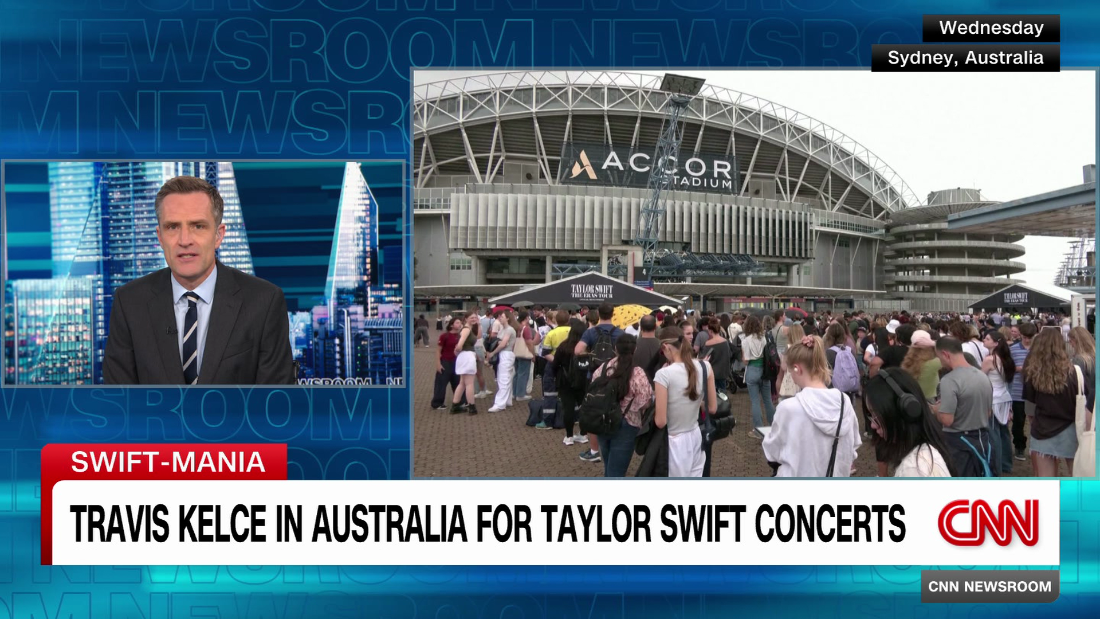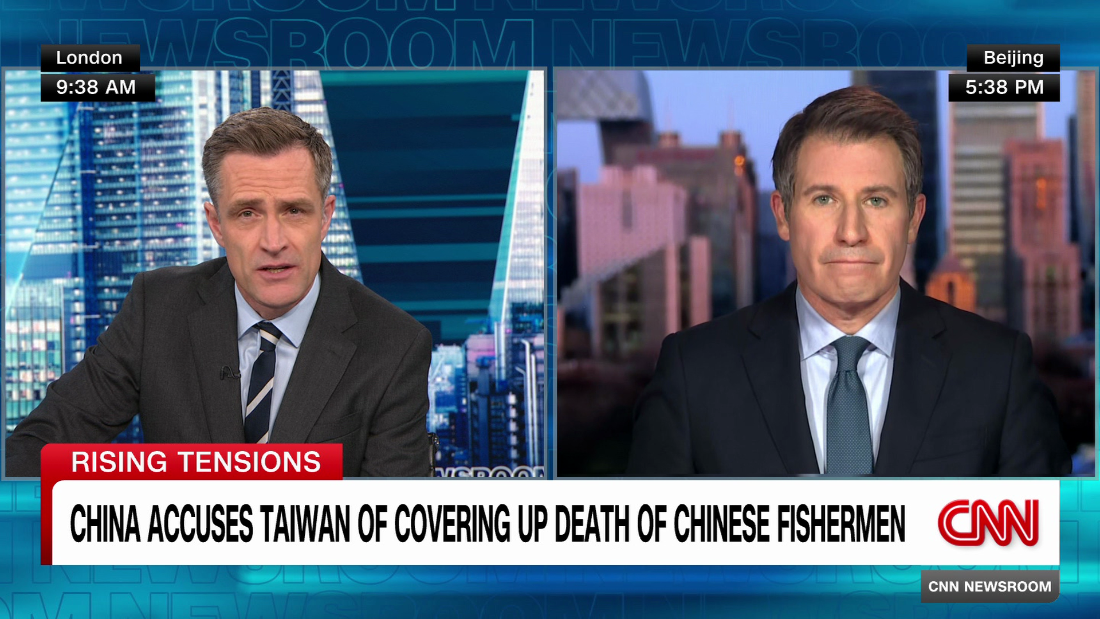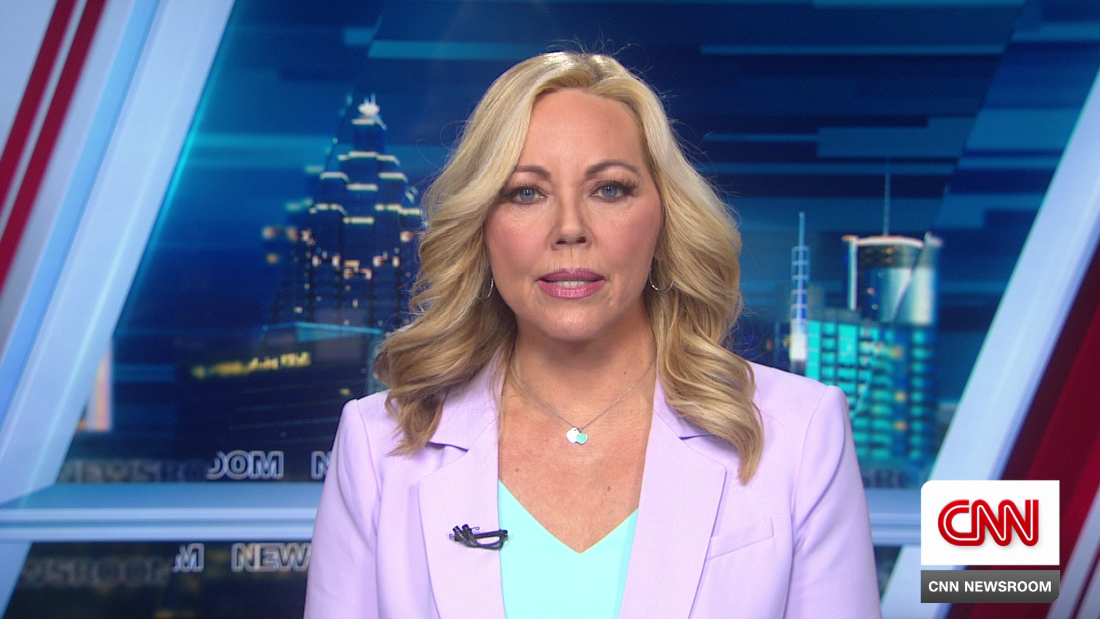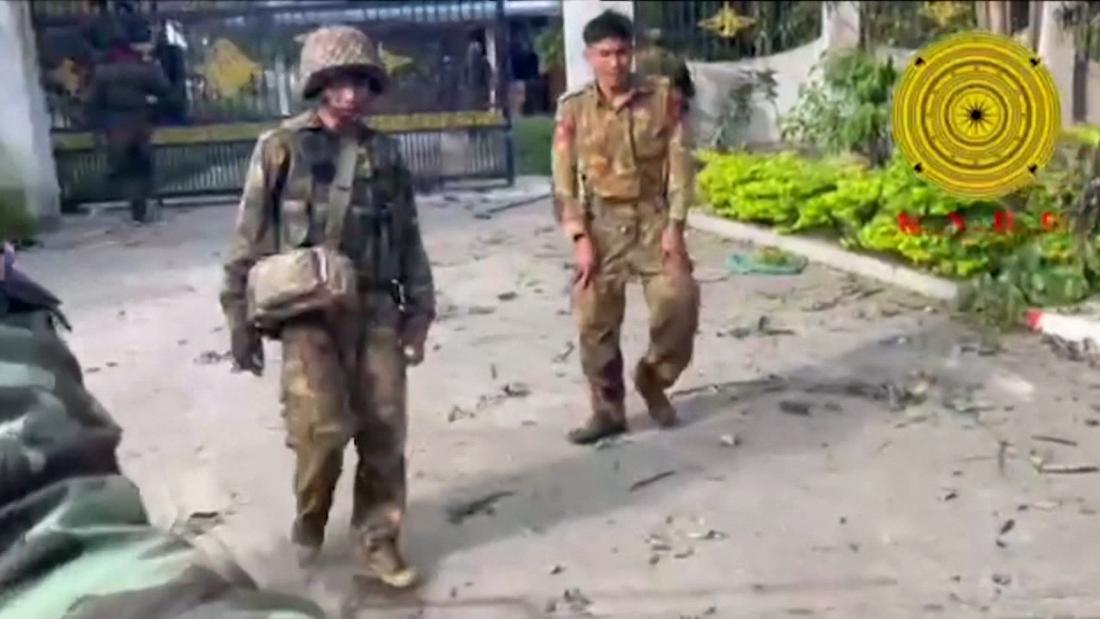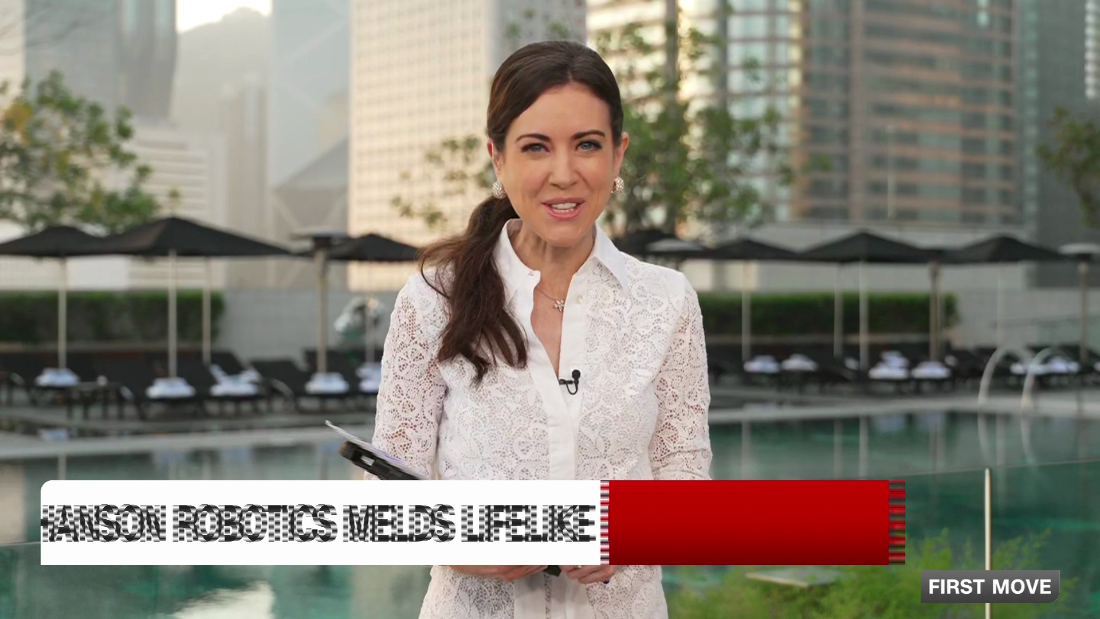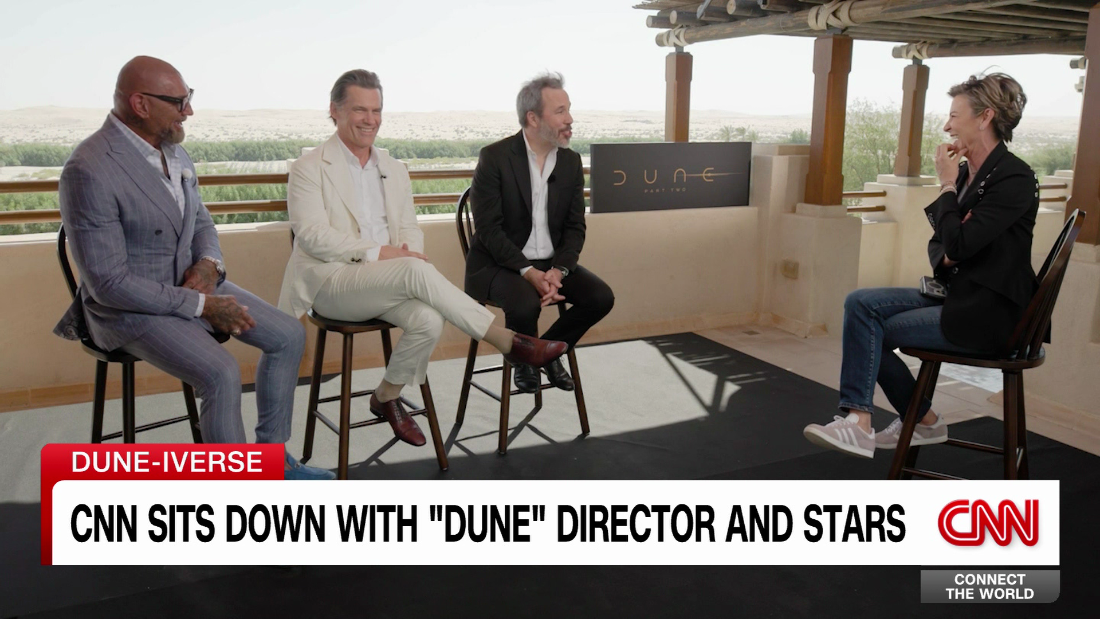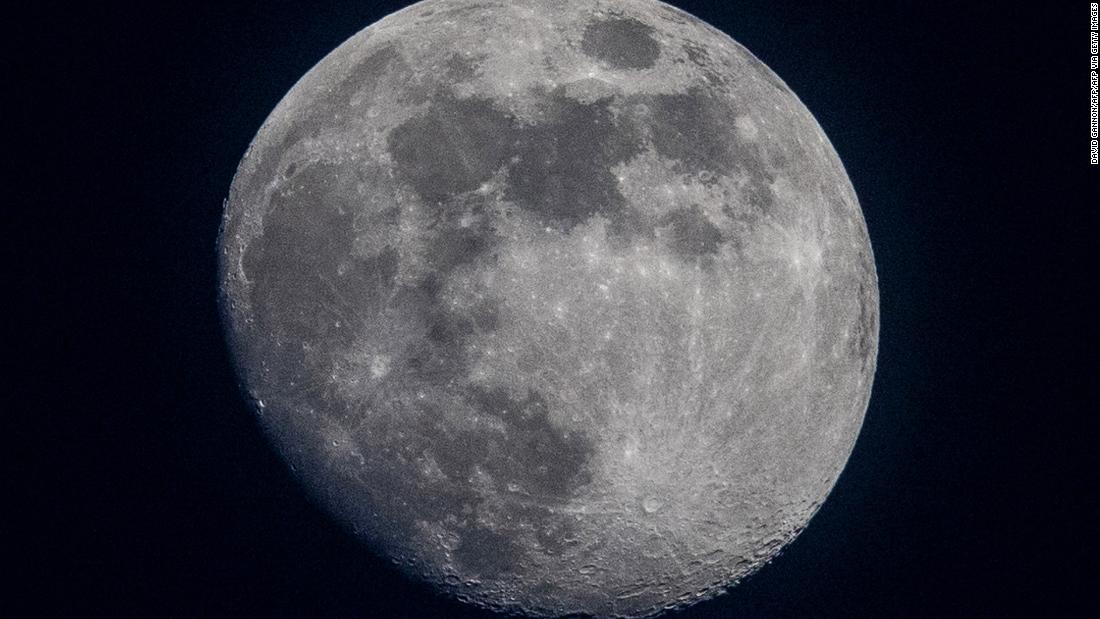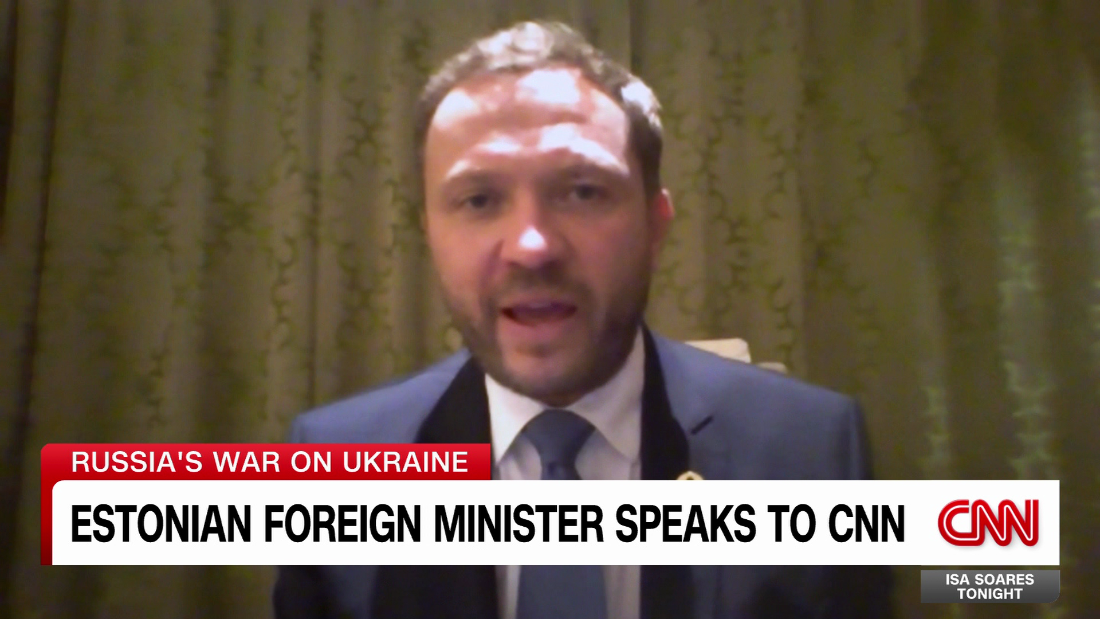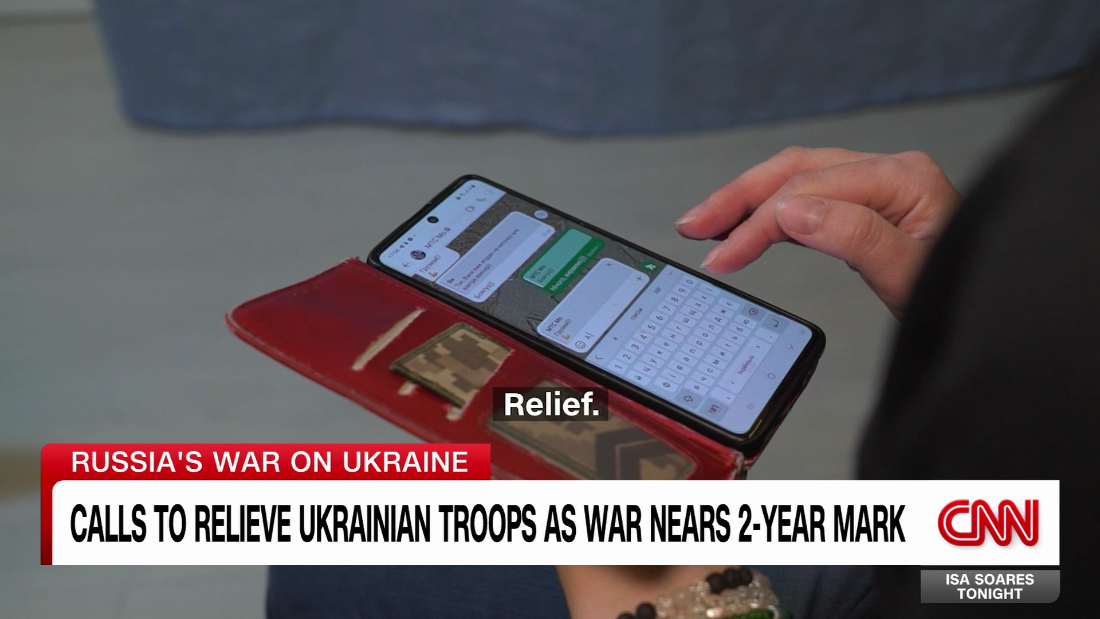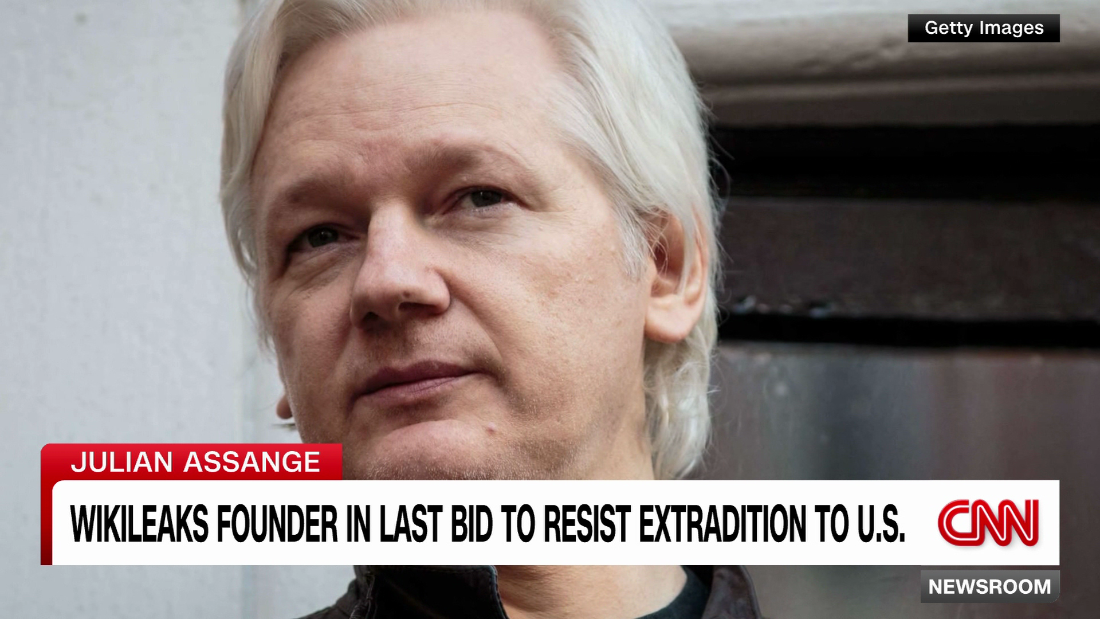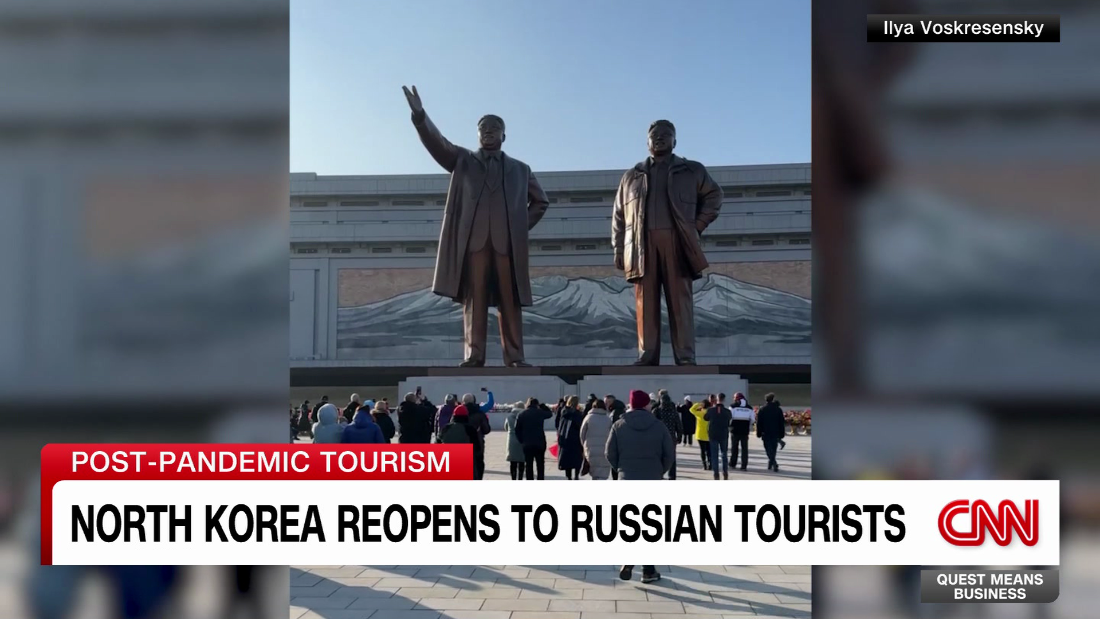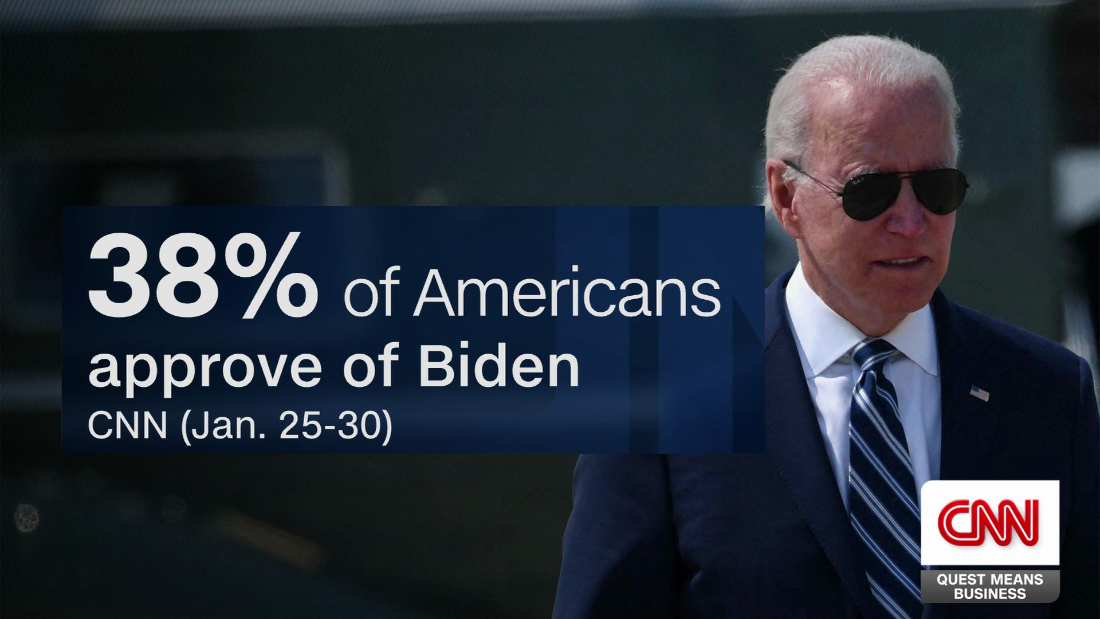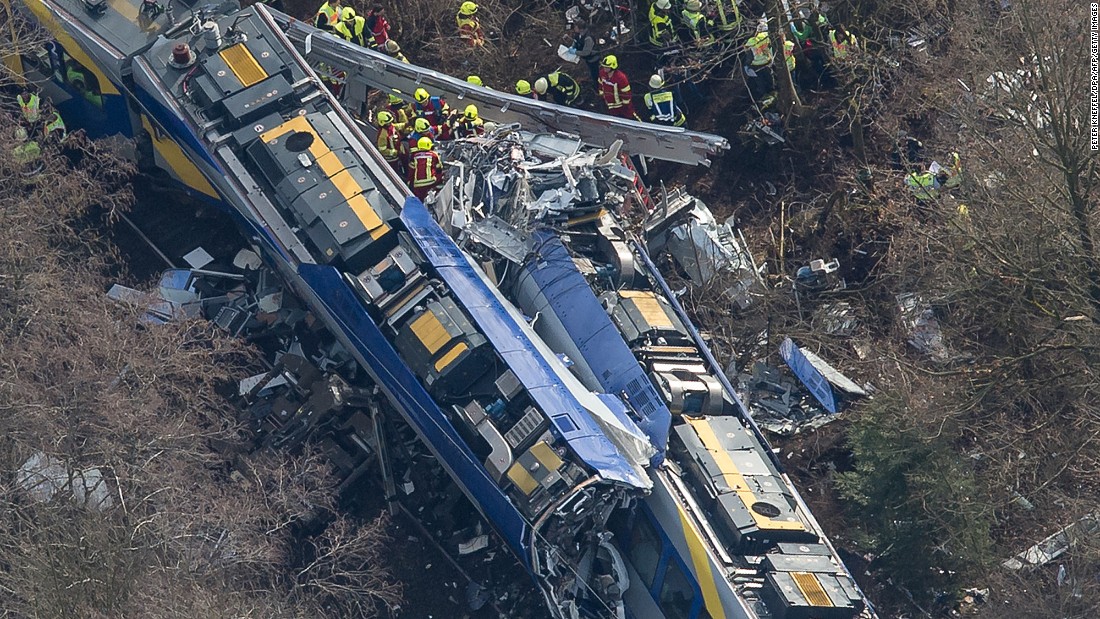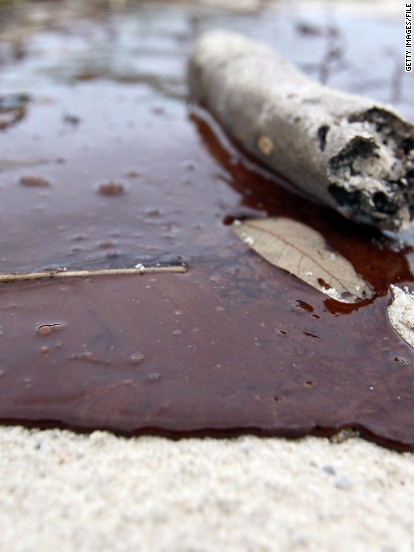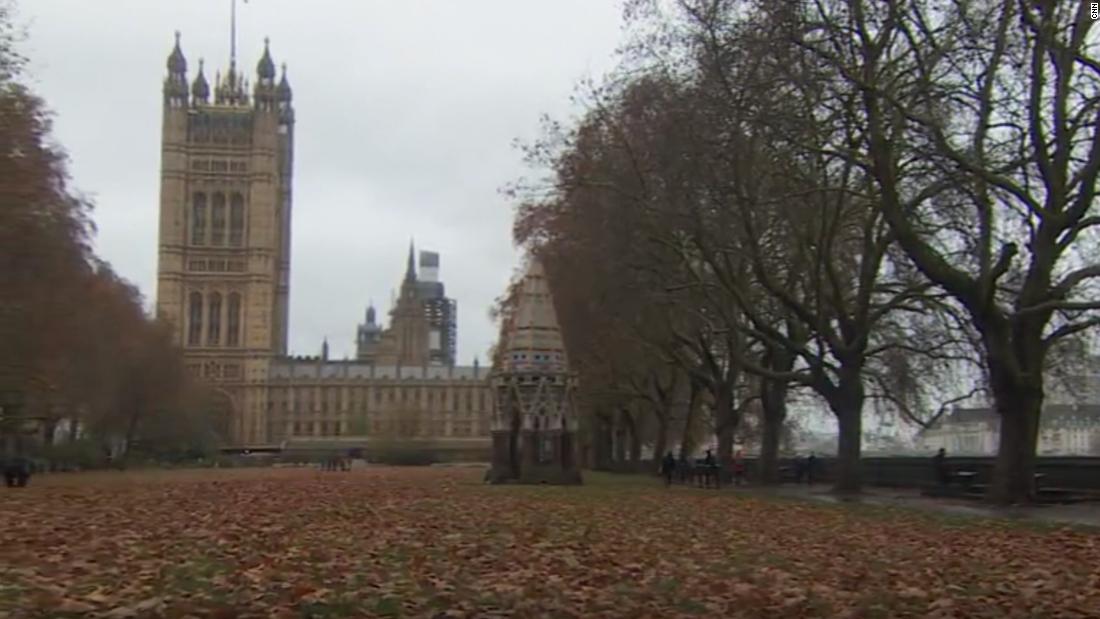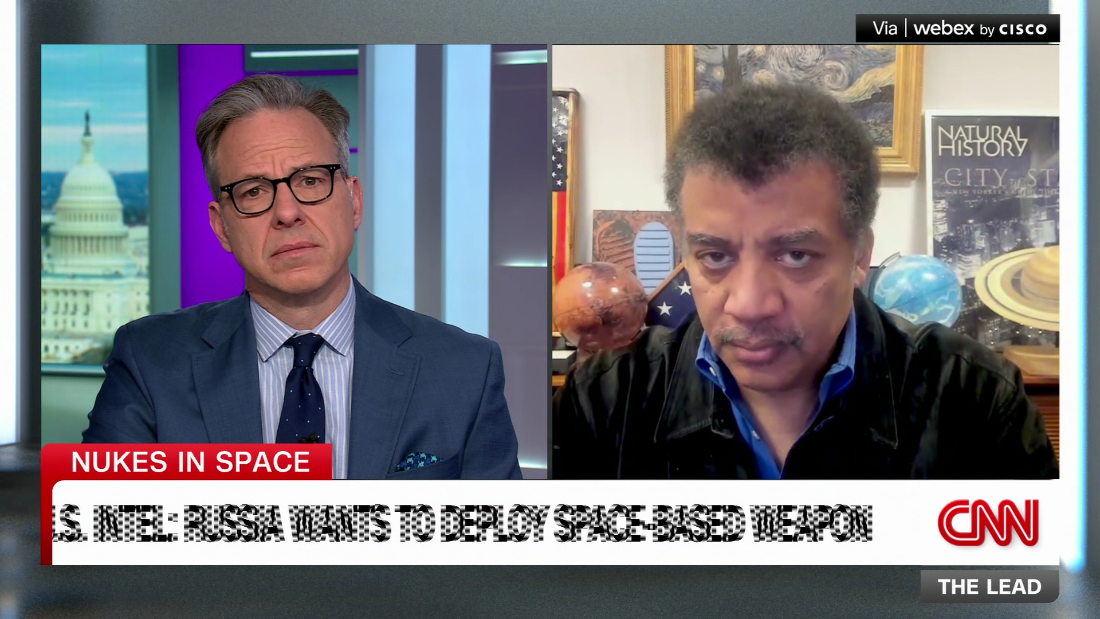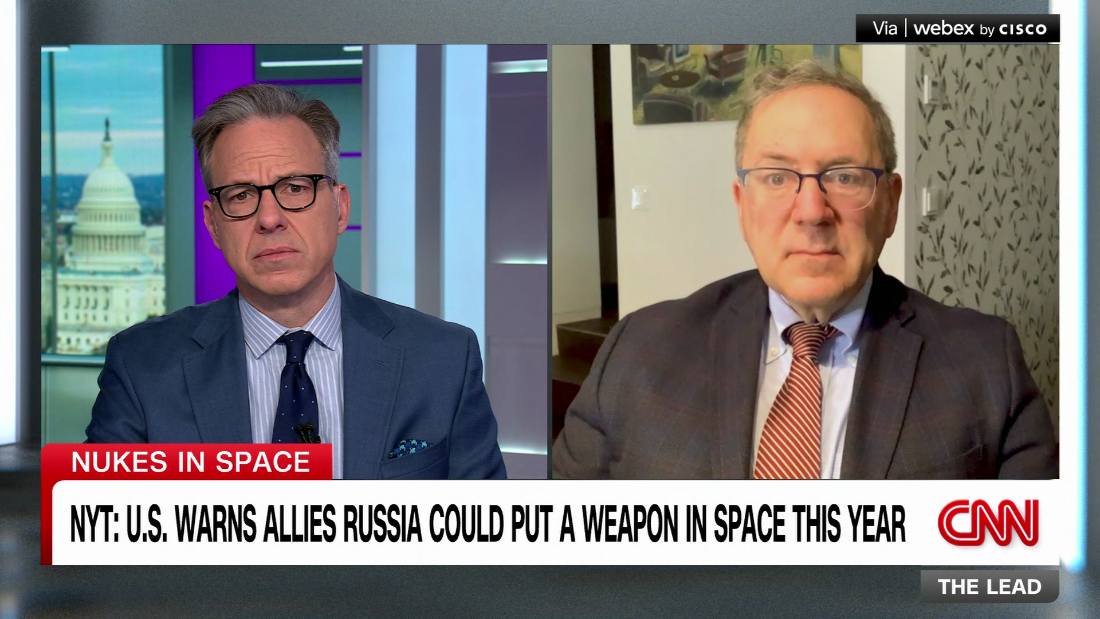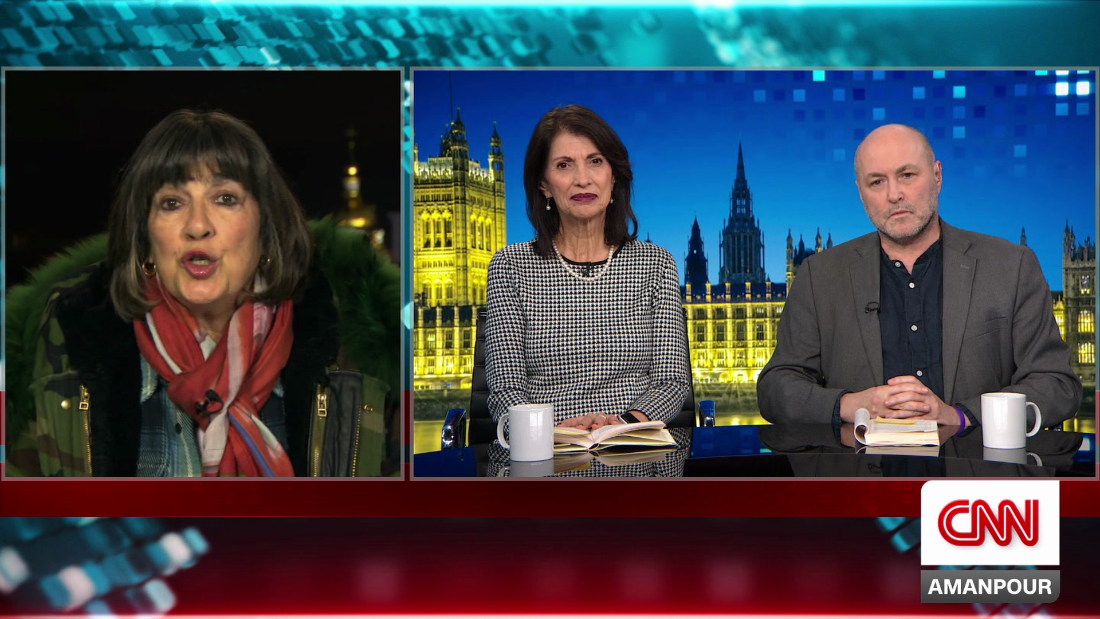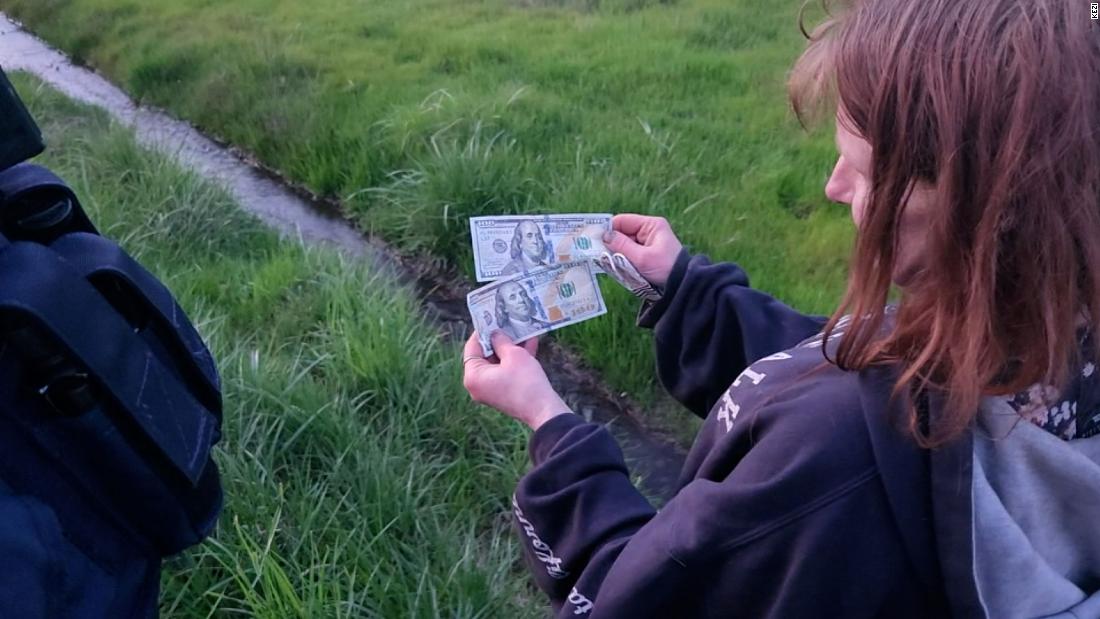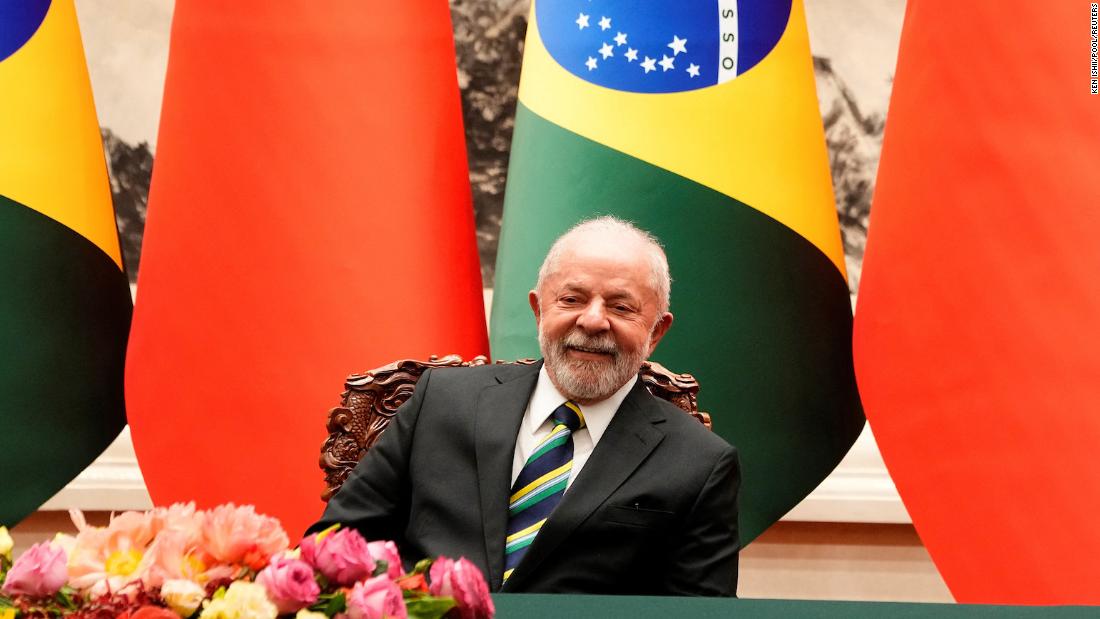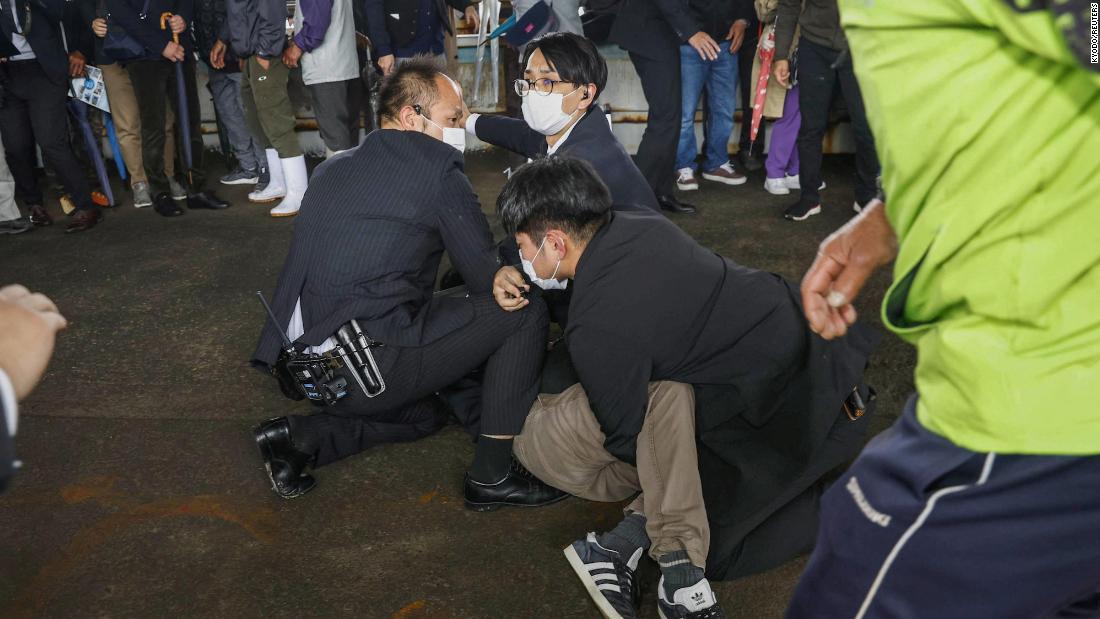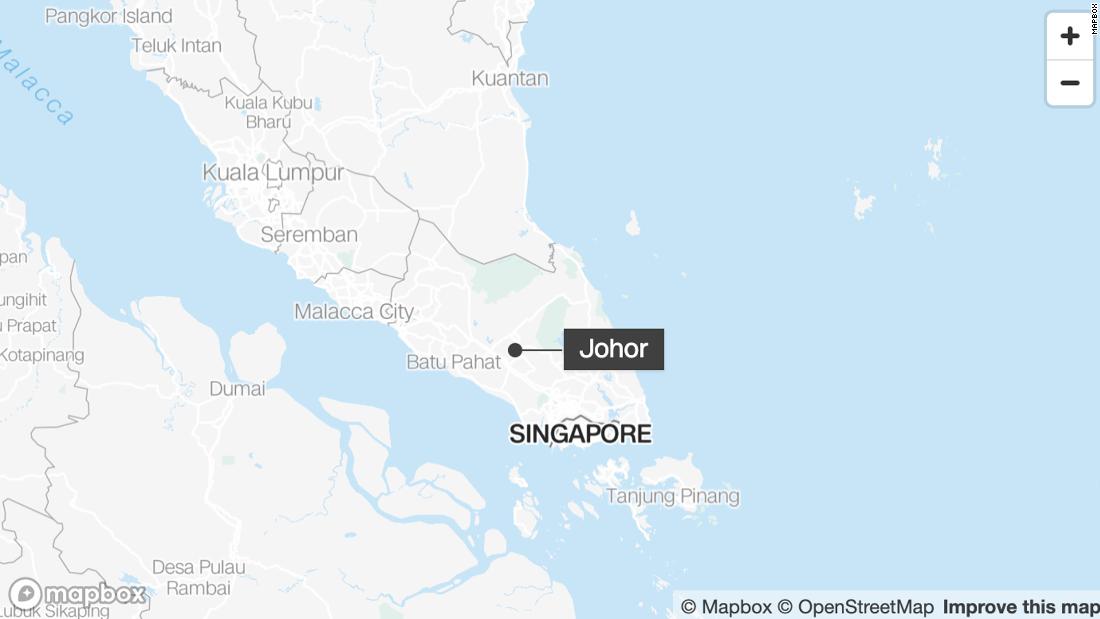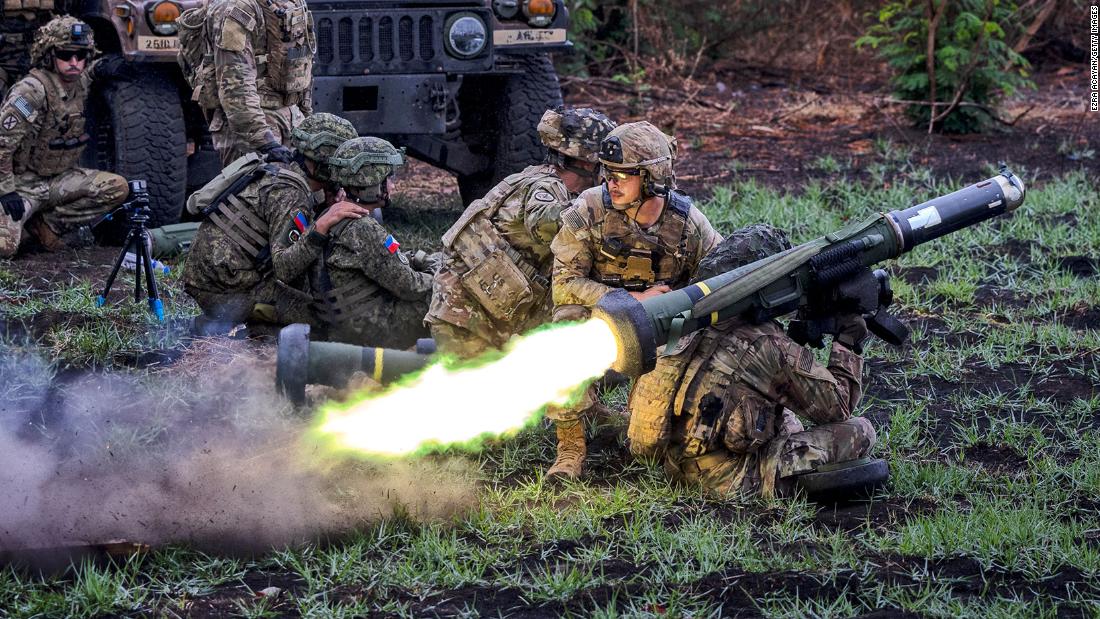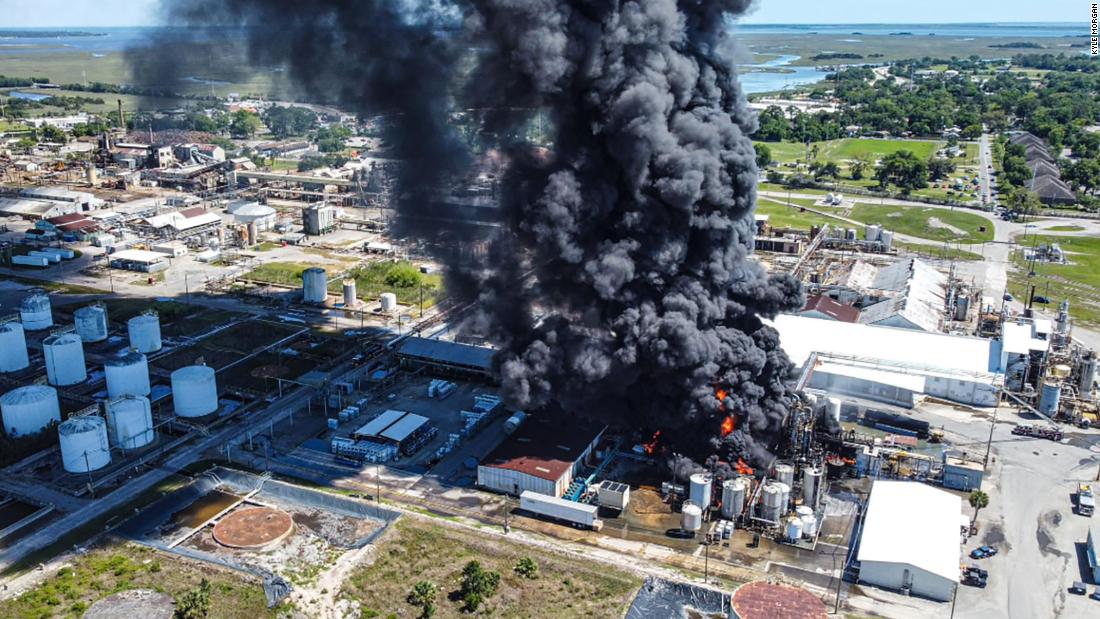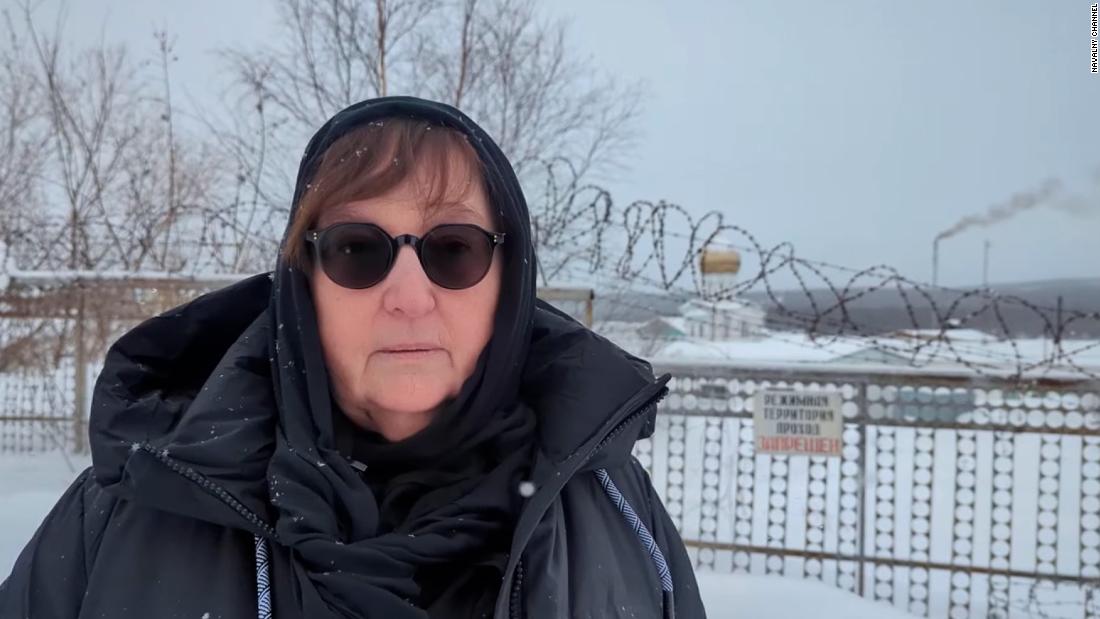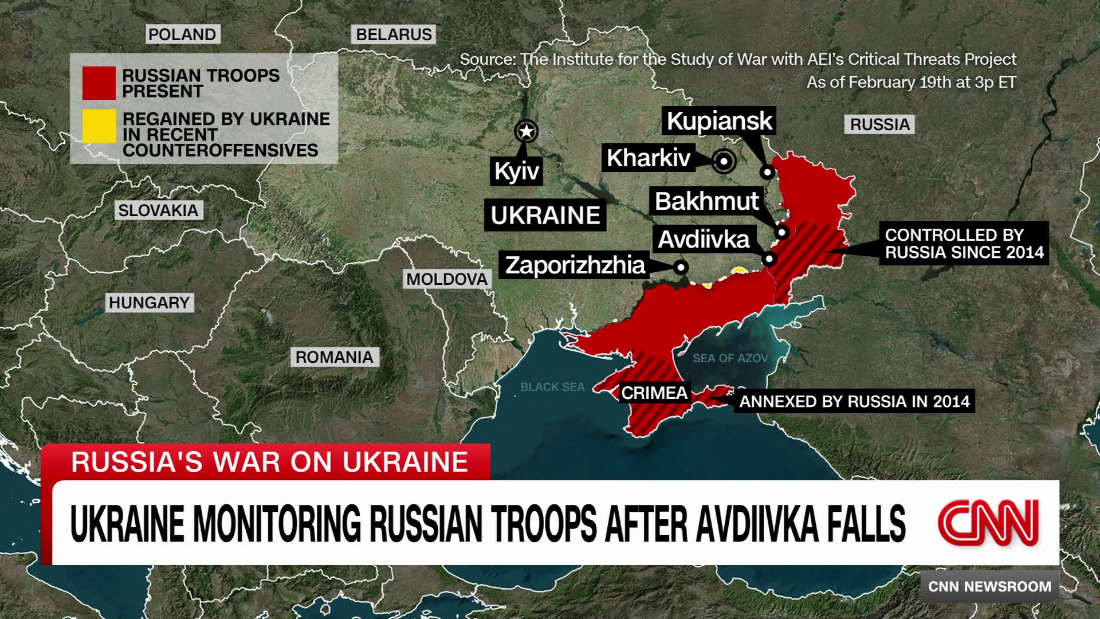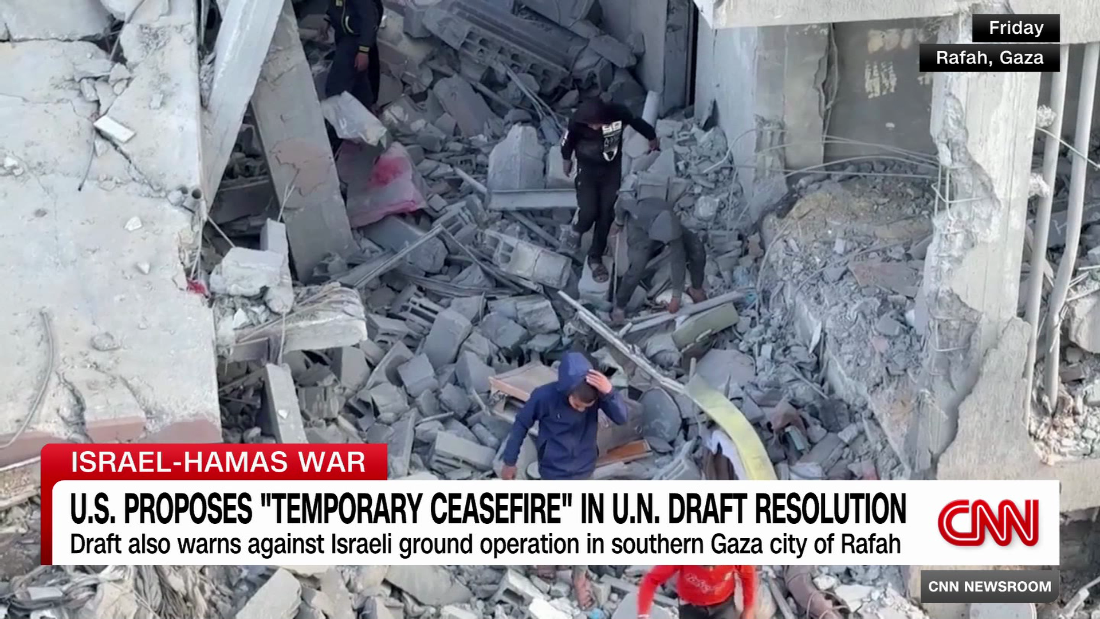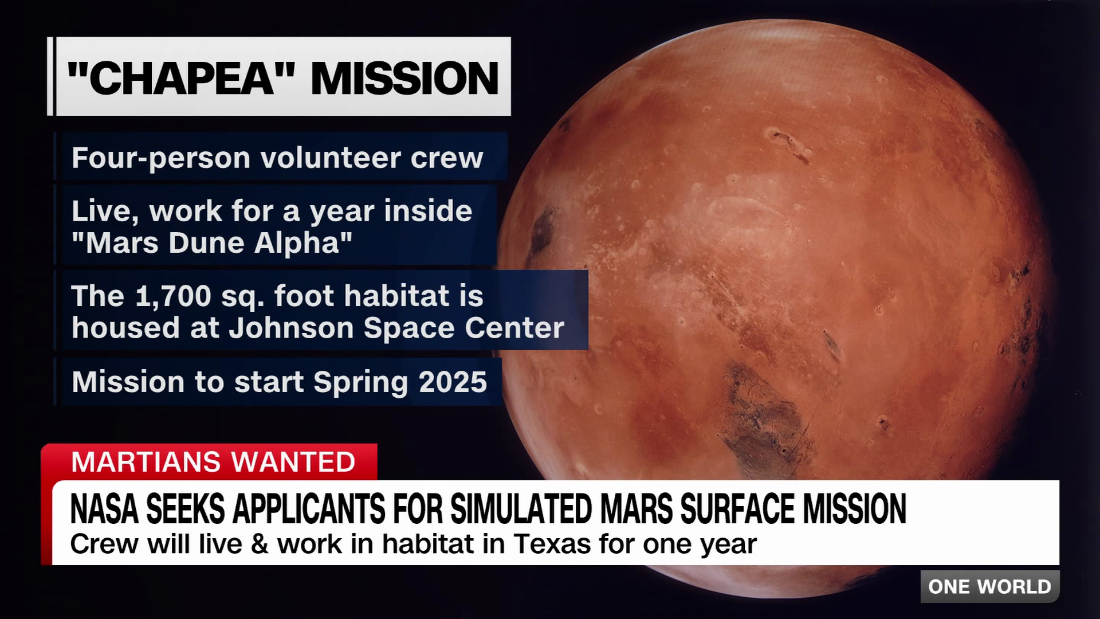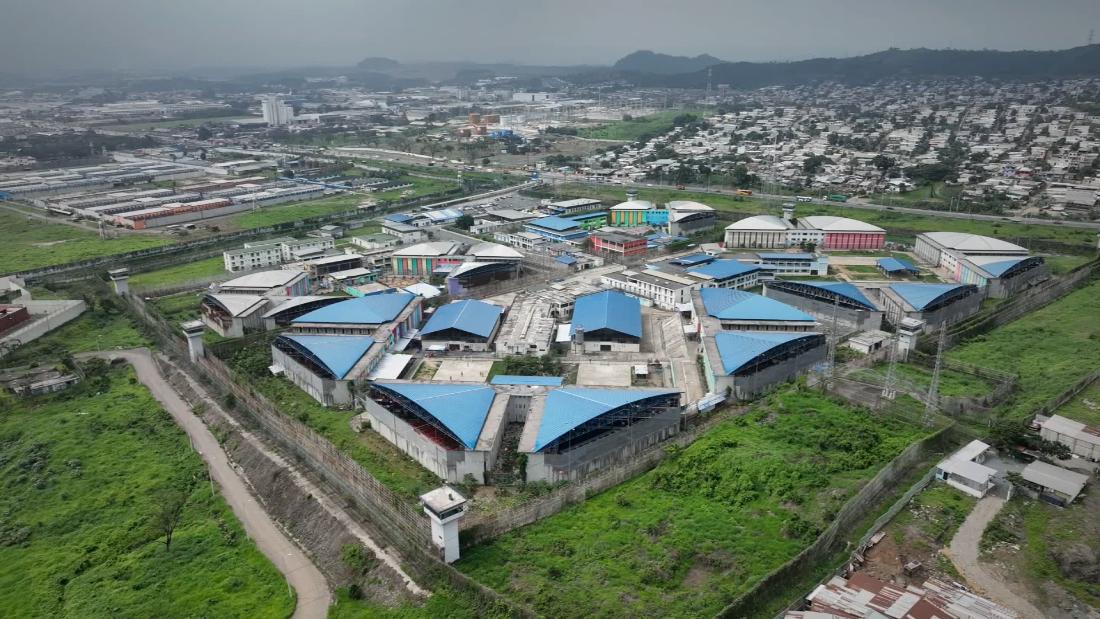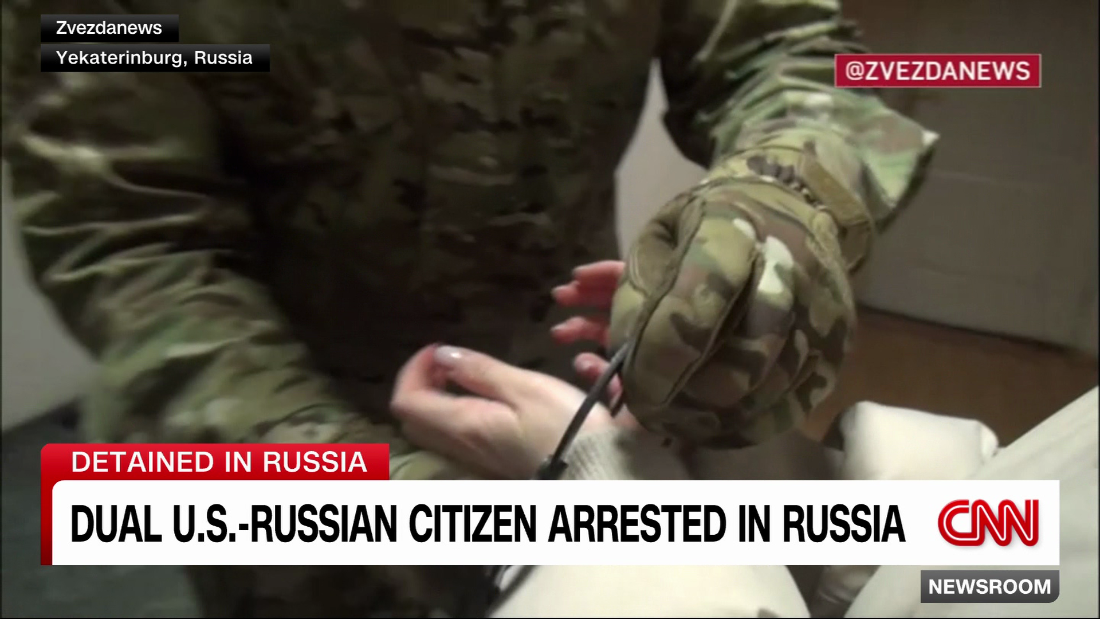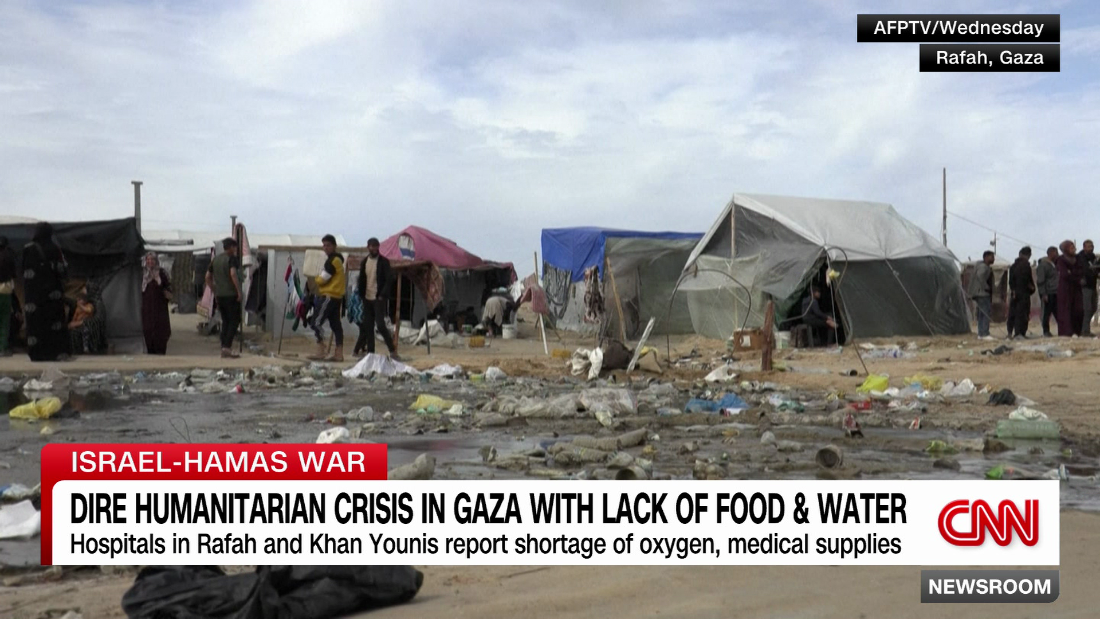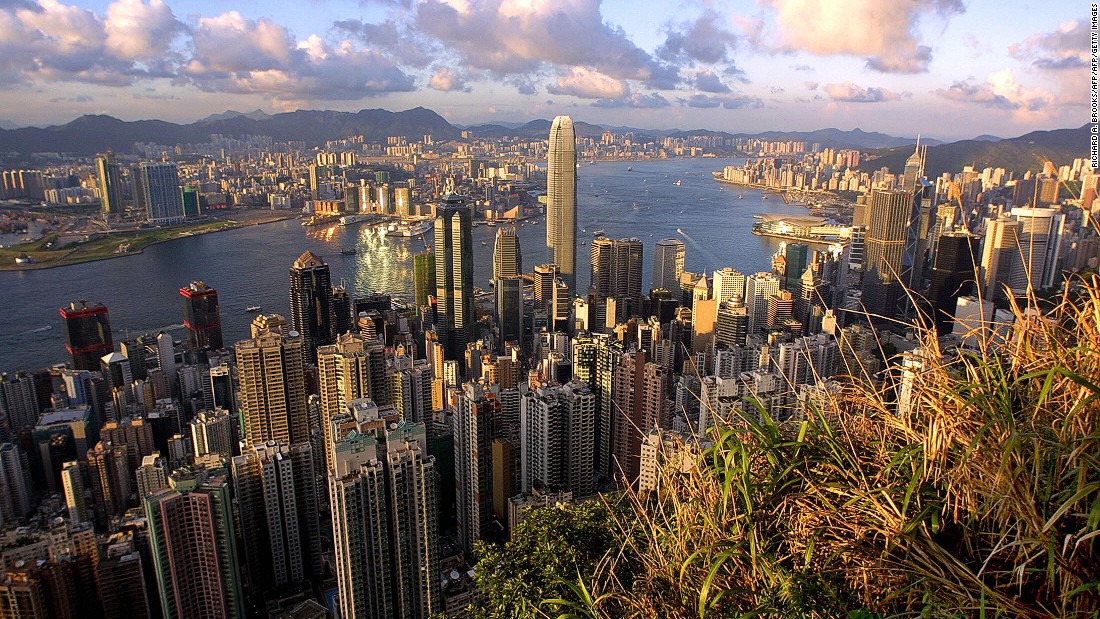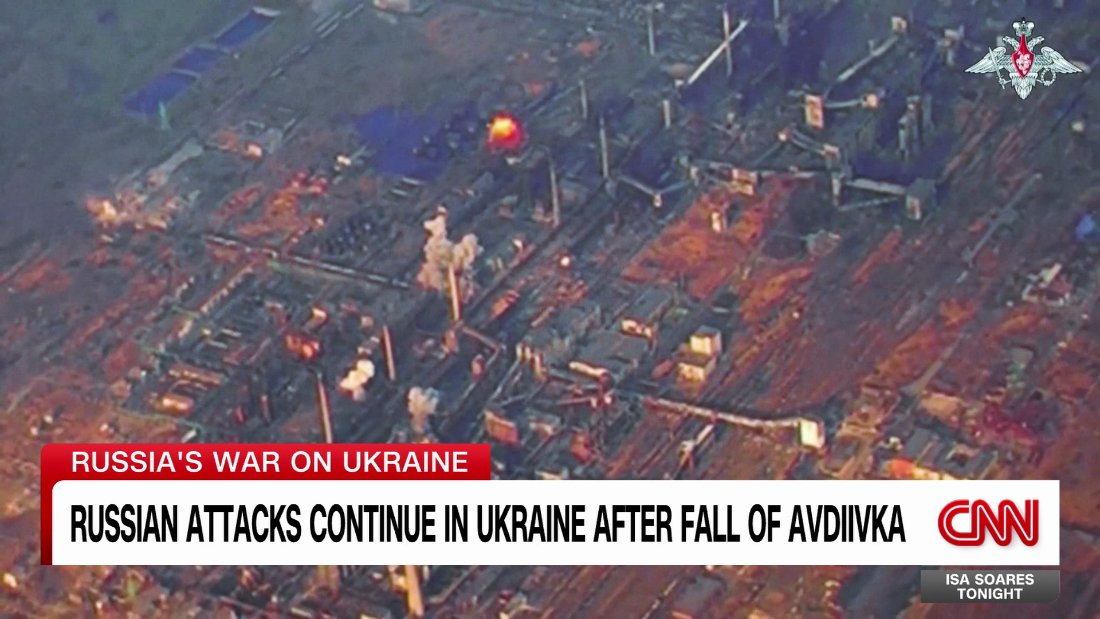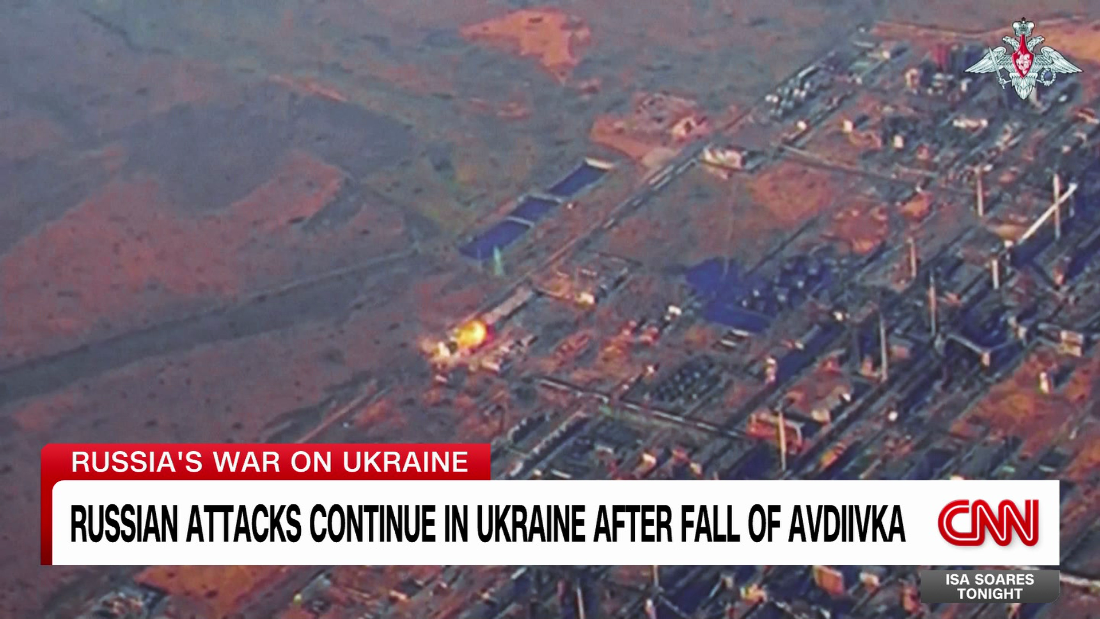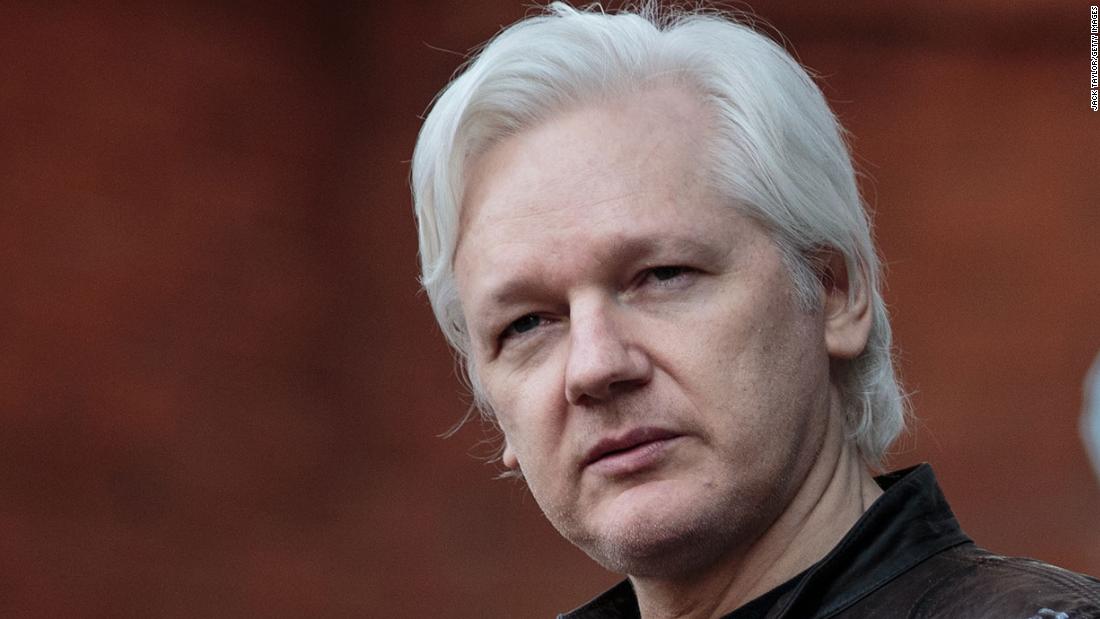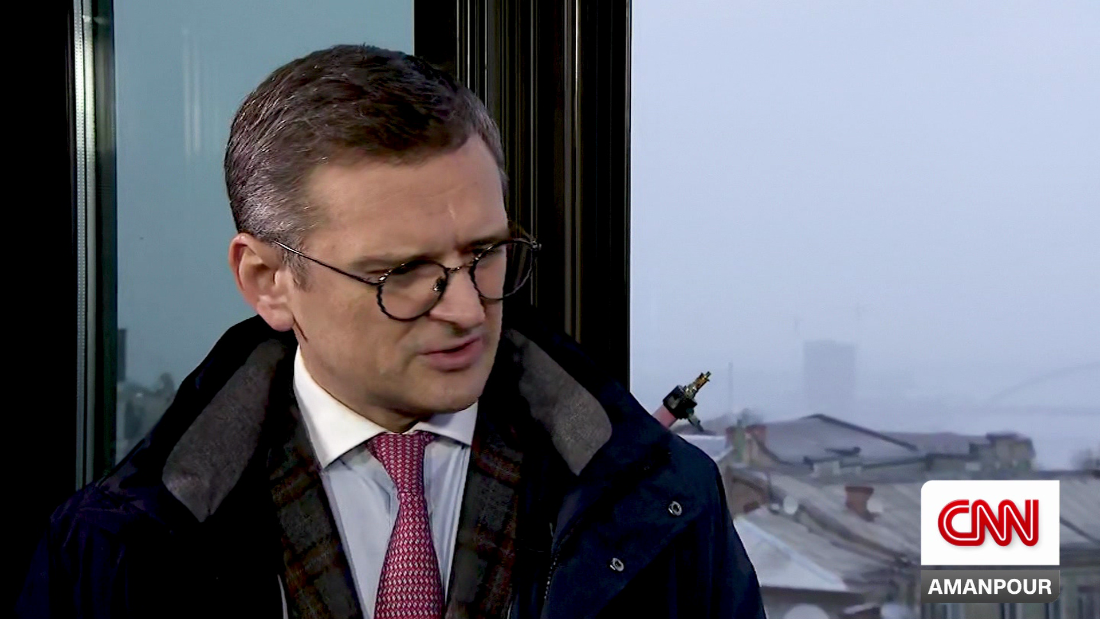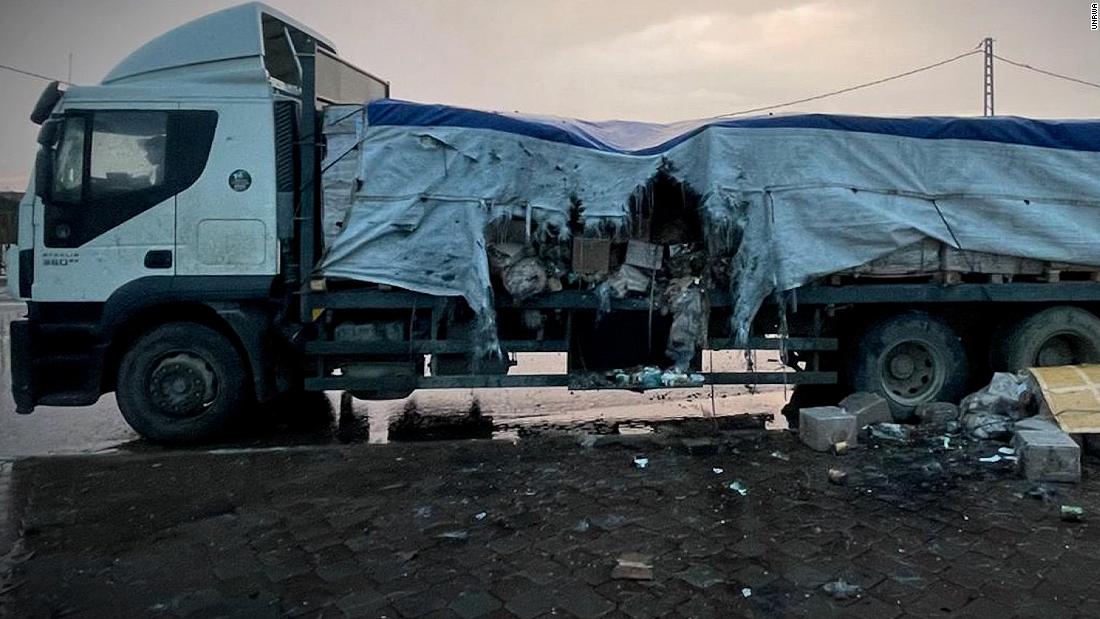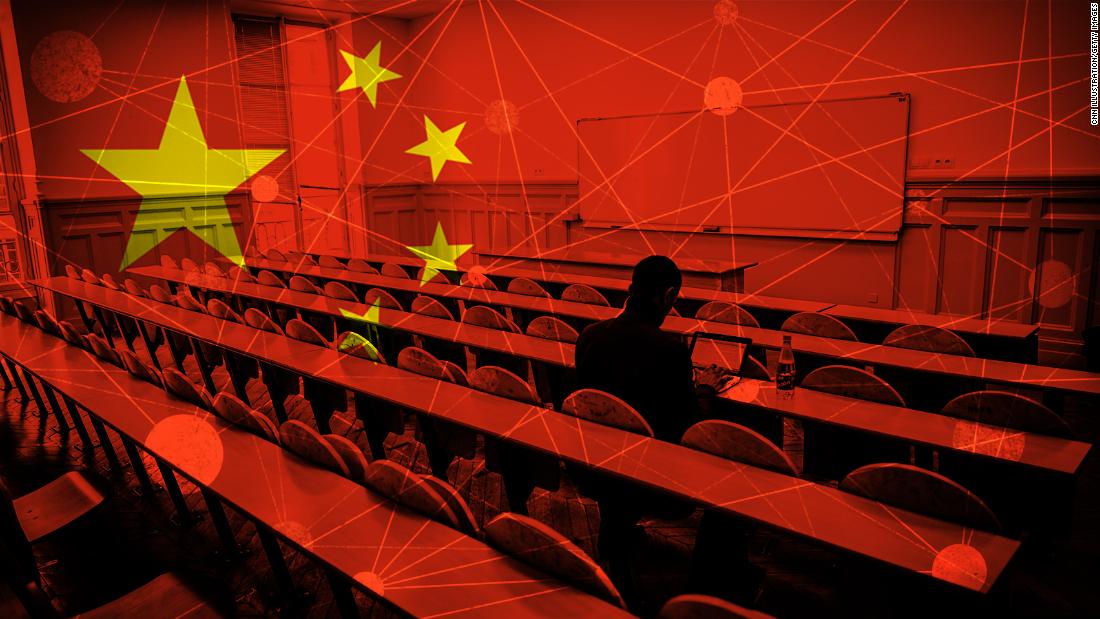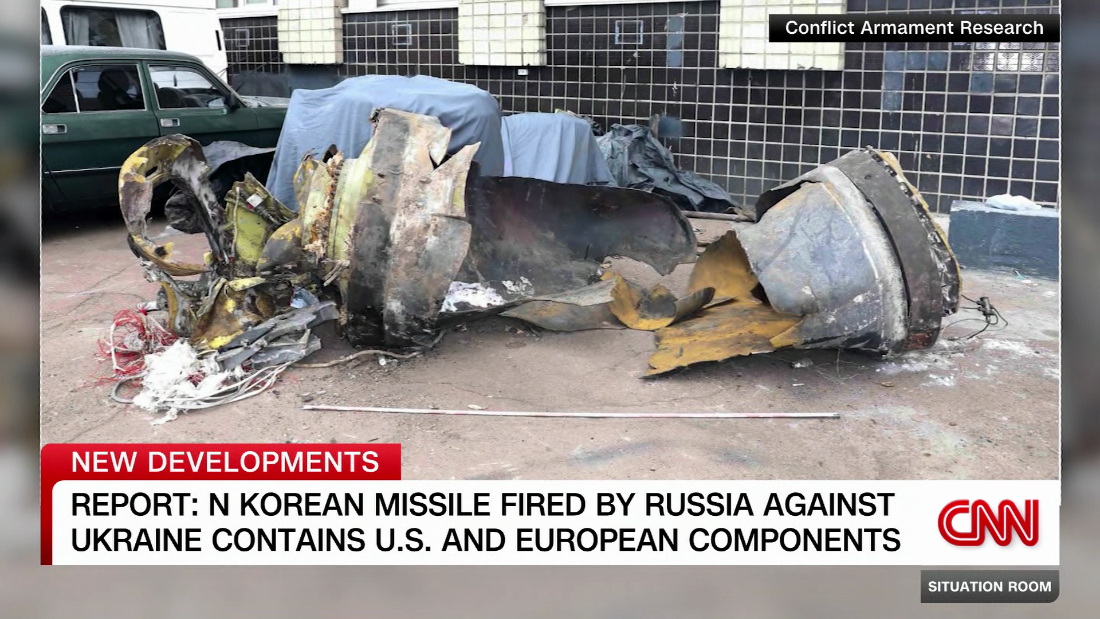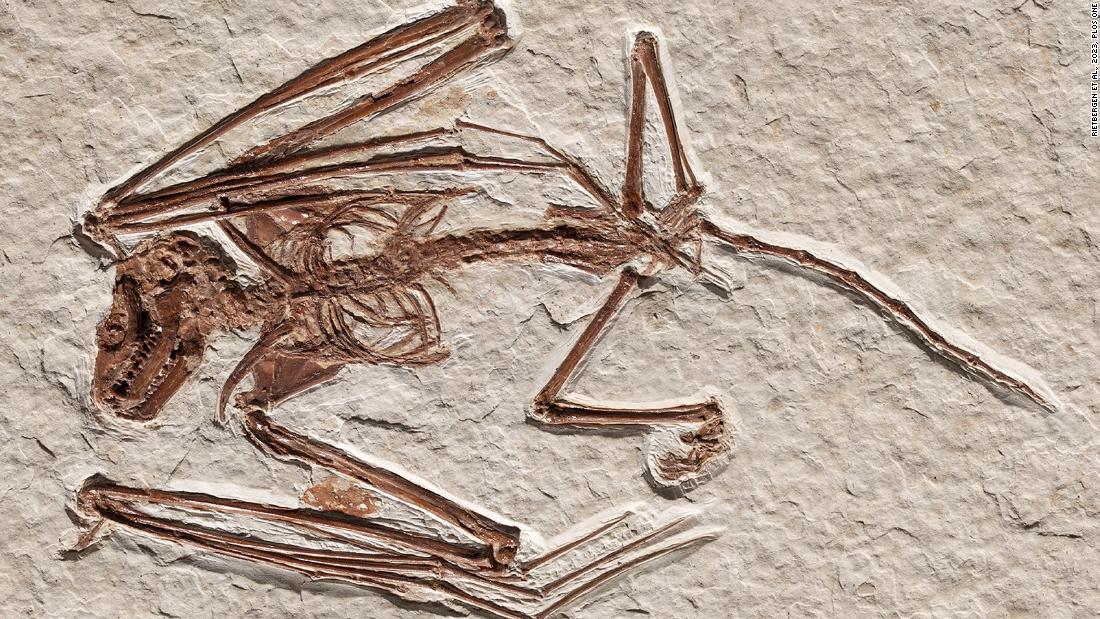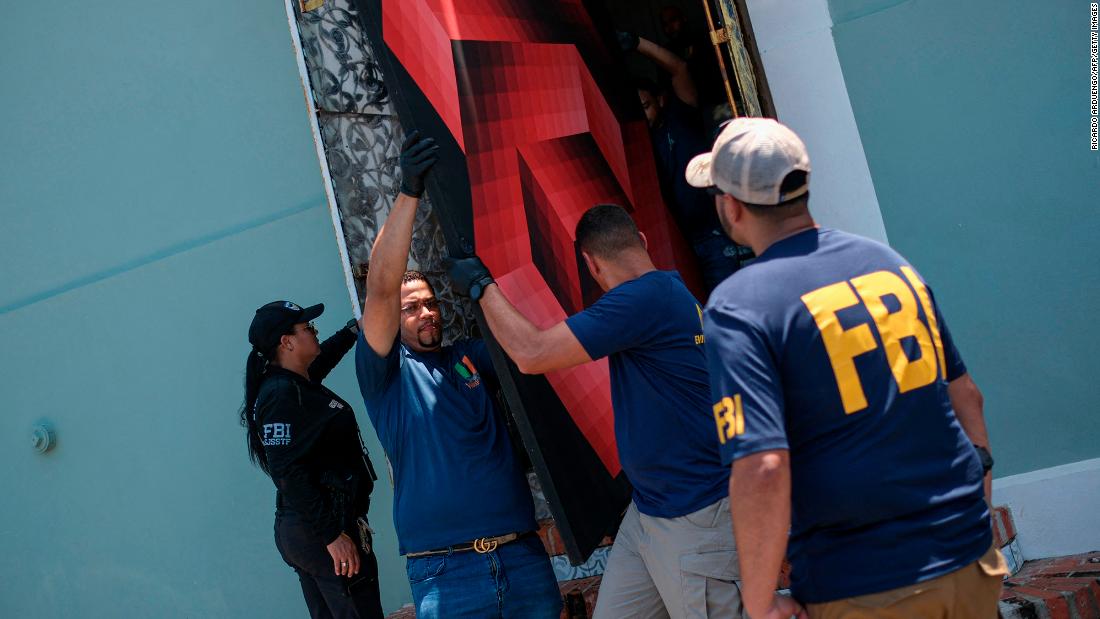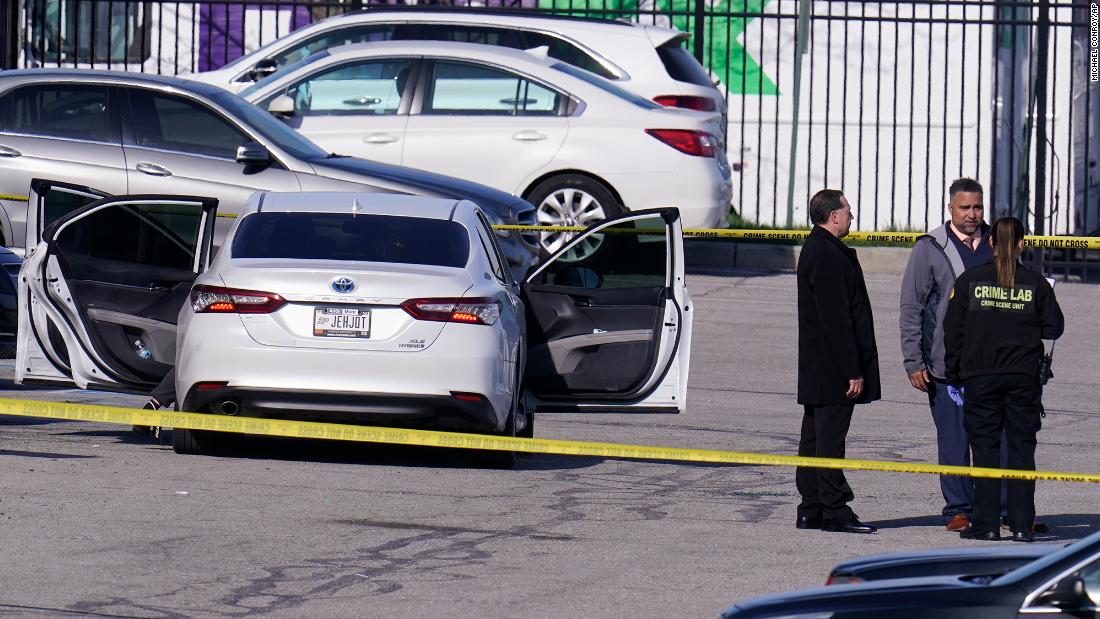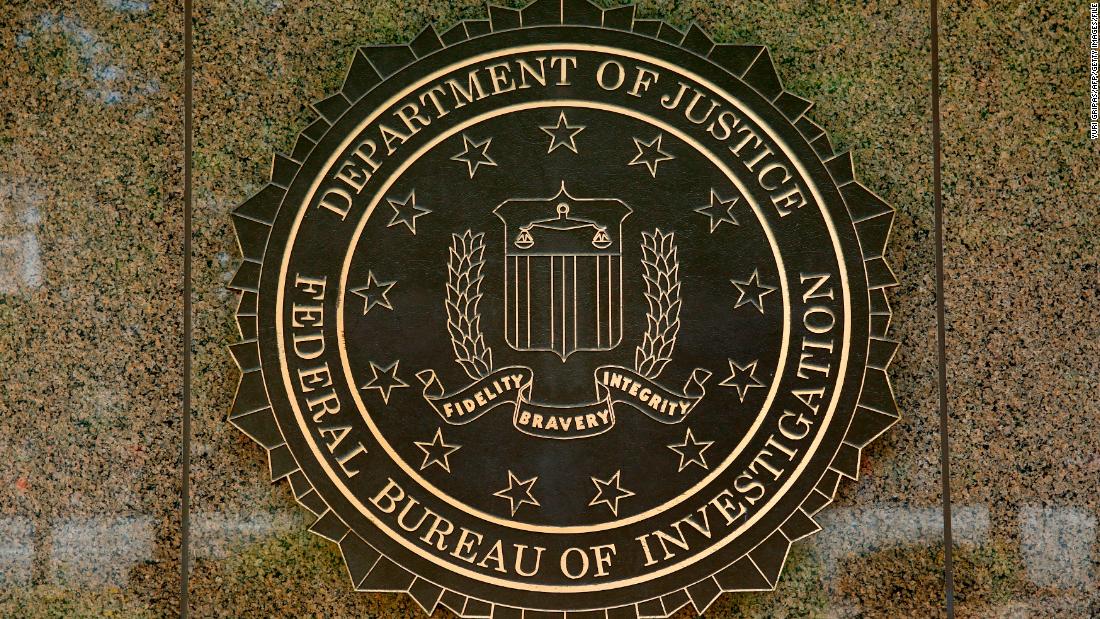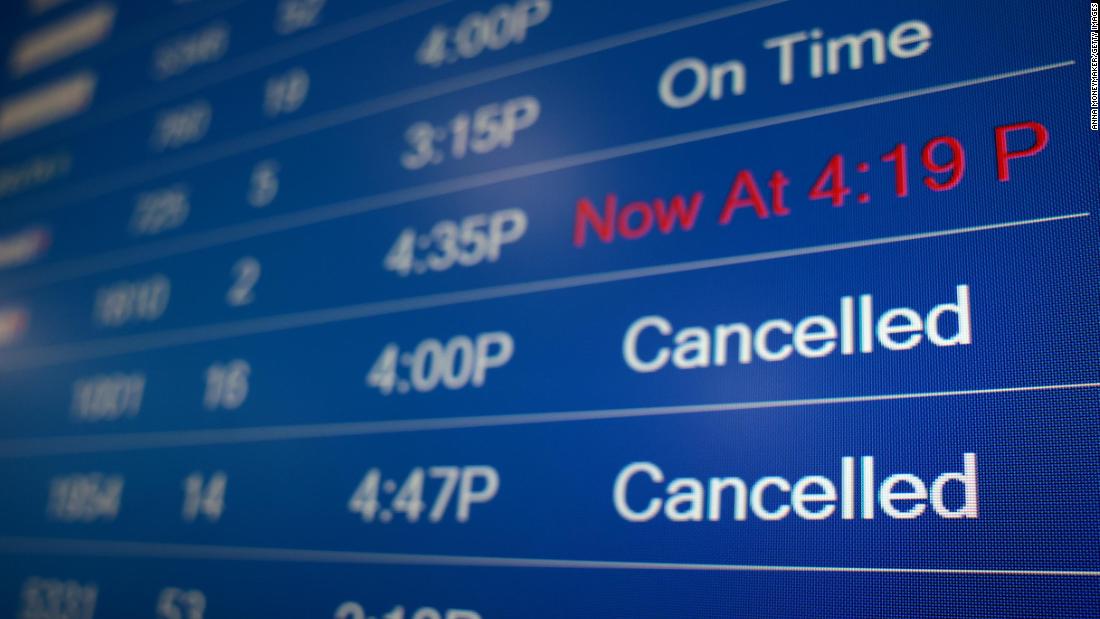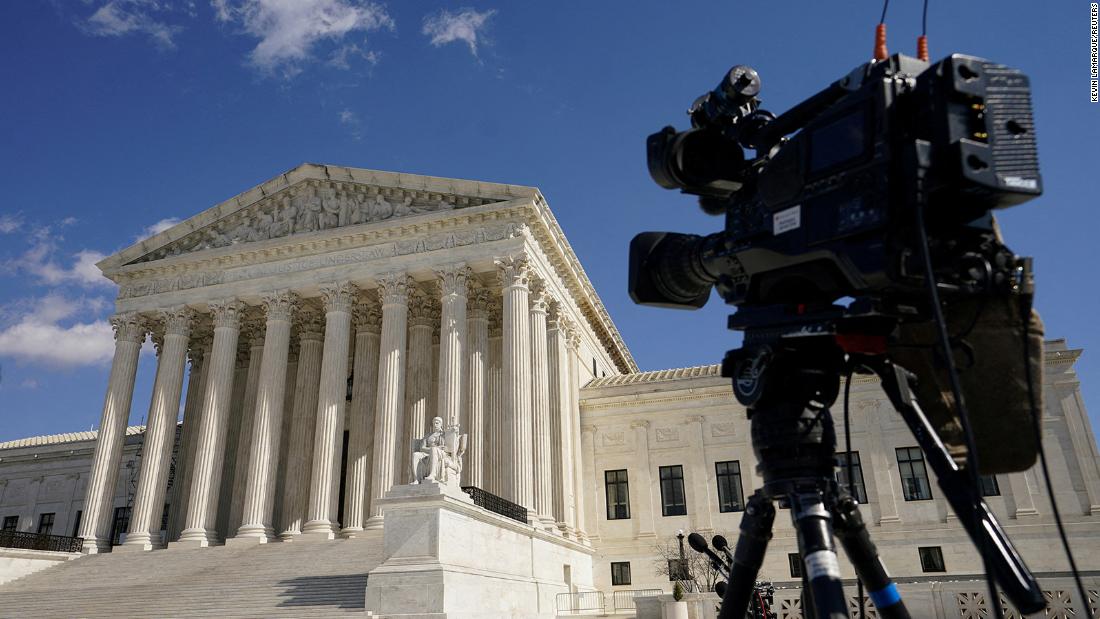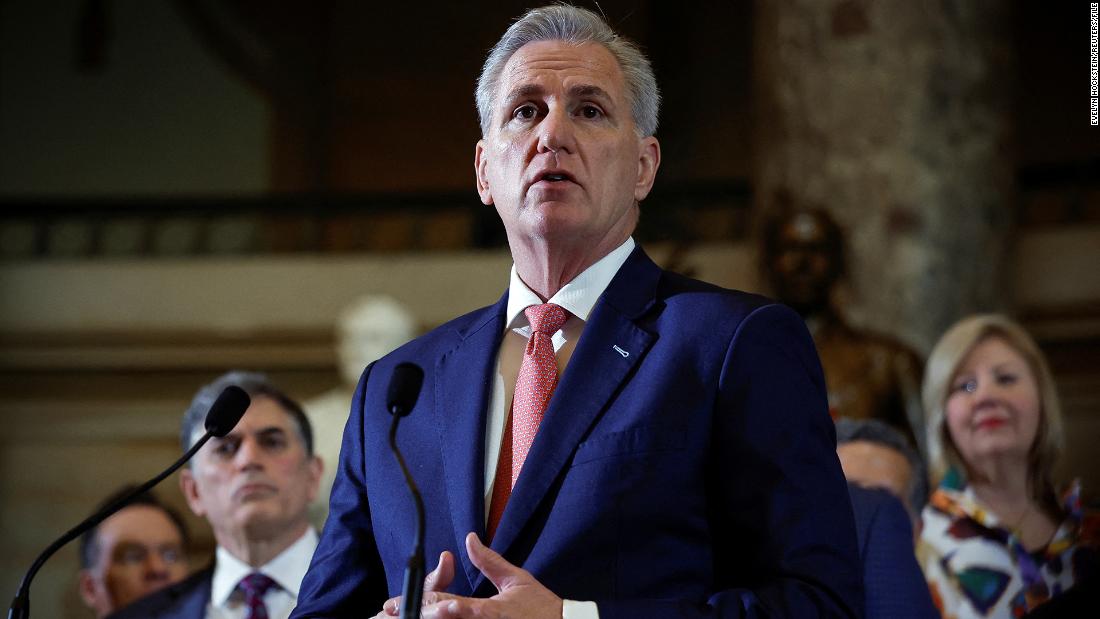WHILE the world’s attention is fixed on other conflicts, China has been bullying its tiny neighbour Taiwan – with all the signs of gearing up for an invasion.
In the latest episode of The Sun’s Battle Plans Exposed, military intelligence expert Philip Ingram MBE reveals the fraught tensions – and explains exactly how Xi Jinping could storm the island.
Battle Plans ExposedIn the latest episode of Battle Plans Exposed, Philip Ingram talks us through what happens if China decides to invade Taiwan[/caption]
APXi Jinping has been adamant that Beijing should control Taiwan and he has refused to shy away from the idea of forcefully taking over the self-governing island[/caption]
Ingram explains that Xi has positioned the reunification of Taiwan with mainland China as “a core part of his vision” for the country.
While so far the two sides have avoided firing a single shot, Xi has made it very clear that China “reserves the right to use force“, Ingram says.
Watch the latest episode on The Sun’s YouTube channel here…
In preparation for a bust-up, Taiwan‘s military has developed a defensive strategy known as the “porcupine strategy”.
While its army cannot outgun China, it can “make an invasion so difficult, so costly and so bloody that Beijing is deterred from ever attempting it”, Ingram says.
But why is Xi so obsessed with absorbing a small island off his country’s south-east coast?
“Control of the island would fulfil Xi’s reunification mission, snuff out a potential threat close to China’s mainland, and provide a buffer zone from the US or Japan,” Ingram explains.
Here are the four ways China could seize Taiwan – with little warning.
Naval blockade
One way for China to topple Taipei would be to suffocate the island with a naval blockade.
Ingram says: “As an island nation, Taiwan is heavily dependent on imports and could be crippled by sustained naval blockade.”
China actually runs frequent military drills around the island, simulating a blockade.
Ingram says: “This would see China putting a naval blockade outside a 12 mile zone around Taiwan itself, reinforced by air activity coming from mainland China.”
“It would test US resolve, and as the standoff continues, it would create economic instability in Taiwan with a lack of ability for goods to be delivered, but a lack of ability for Taiwan to export some key exports around the world.”
Taiwan’s defence force – The Republic of China Armed Forces – has trained up its navy specifically against this threat.
Ingram says: “The Navy’s role is to challenge the People’s Liberation Army Navy in the strait, prevent a naval blockade, and to deploy sea mines to make the invasion routes treacherous.”
Seize outlying islands
Perhaps the most arm’s-length option for China would be to seize one or more of Taiwan’s outlying islands.
Taiwan owns an archipelago called the Kinmen Islands, which at some points are just two kilometres from mainland China.
Ingram says: “China could capture that and then watch the West’s reaction.”
Taiwanese military personnel fire howitzer ammunition during military drillsEPA
APTaiwanese soldiers exhibiting combat drills for President Lai Ching-te’s inspection[/caption]
The biggest concern for Xi is that America would step in and defend Taiwan – which is a real possibility.
Merely capturing some small islands a few kilometres out to sea, however, is much less likely to incite an international reaction.
This could be a canny step onto the first rung of the ladder building to a full invasion.
Full amphibious invasion
Another option is for China to go balls-to-the-wall and launch a full amphibious invasion.
Ingram explains that the Taiwanese Strait is “only 81 miles wide at its narrowest point, giving Taiwan very little strategic depth or warning time”.
China has already paraded around invasion barges, which would create a ramp onto Taiwan’s shores and allow armed troops to roll right in.
This would involve the PLA steaming across the Strait and unloading troops to storm onto the island on foot or in military ground vehicles.
Ingram says this would lead to “an urban combat nightmare for the Chinese”.
AlamyChina’s elite 7th Marine Bridge is kept at ‘high readiness’ for conflict[/caption]
Taiwanese soldiers take part in the Han Kuang military exercise, which simulates China’s People’s Liberation Army (PLA) invadingGetty
Taiwan has been anticipating an invasion for some time, so will be very well prepared to defend against an assault like this.
Ingram says: “The primary mission of the (Taiwanese) army is to be the final line of defence against any amphibious invasion, and that could come at any part of the island.
“Its aim is to defeat a landing force on the beaches and in the urban areas.”
Also, international intervention would be “almost certain”, Ingram says.
That means China would run the risk of heavy support from other powers – and perhaps even direct combat.
Air blitz
Finally, China could avoid hand-to-hand combat, at least initially, by staging an air blitz against Taiwan.
This could mean surface-to-air missiles, water-to-air missiles or air strikes fired from military jets.
But Taiwan is alive to this danger as well.
APChina’s enormous aircraft carrier, the Fujian, has been sailing through the Taiwan Strait this year[/caption]
GettyChinese stealth fighter jets in a military exercise[/caption]
Ingram says: “The Air Force is the first line of defence tasked with contesting air superiority over the Taiwan Strait, and against initial waves of missile strikes.
“The backbone of the fighter fleet is the recently upgraded F-16 V Viper, one of the most advanced fourth generation fleets in the world.
“This is supplemented by domestically produced Ching Kuo and the French-made Mirage 2000 jets.
“In terms of air defence, Taiwan has a dense, layered air defence network which is crucial.”
Why does China want to invade Taiwan?
TAIWAN insists it is an independent nation after splitting from mainland China amid civil war in 1949.
But China claims Taiwan remains a part of its territory with which it must eventually be reunified – and has not ruled out the use of force to take the island and place it under Beijing’s control.
The island, which is roughly 100 miles from the coast of south-east China, sees itself as distinct from the Chinese mainland, with its own constitution and democratically-elected leaders.
Taiwan sits in the so-called “first island chain”, which includes a list of US-friendly territories that are crucial to Washington’s foreign policy in the region.
This also puts it in an ideal situation to slow a Chinese attack on the West.
And with tensions between the two nations high, Taiwan is likely to aid China’s enemy if it means keeping its independence.
Taiwan’s economy is another factor in China’s desperation to reclaim the land.
If China takes the island, it could be freer to project power in the western Pacific and rival the US, thanks to much of the world’s electronics being made in Taiwan.
This would allow Beijing to have control over an industry that drives the global economy.
China insists that its intentions are peaceful, but President Xi Jinping has also used threats towards the small island nation.
Published: [#item_custom_pubDate]













